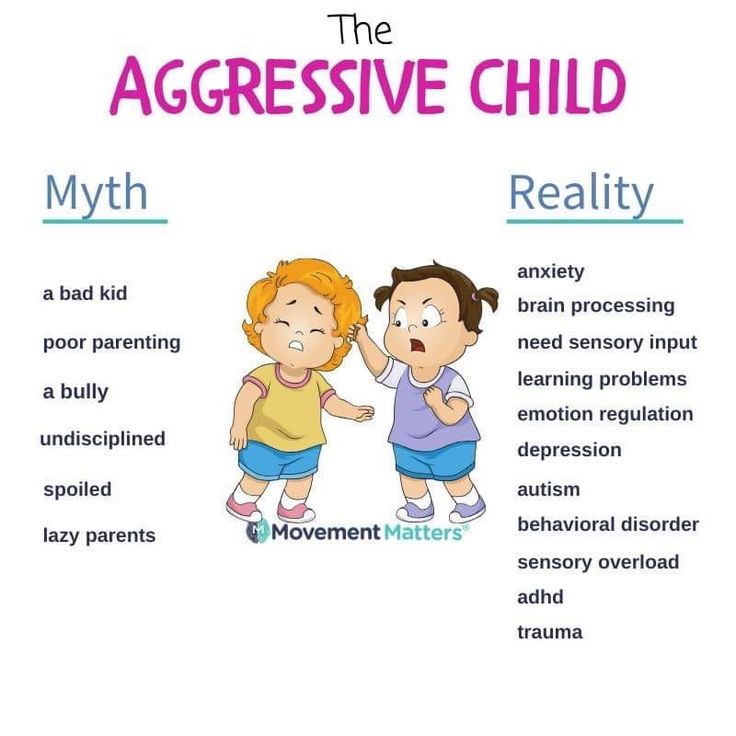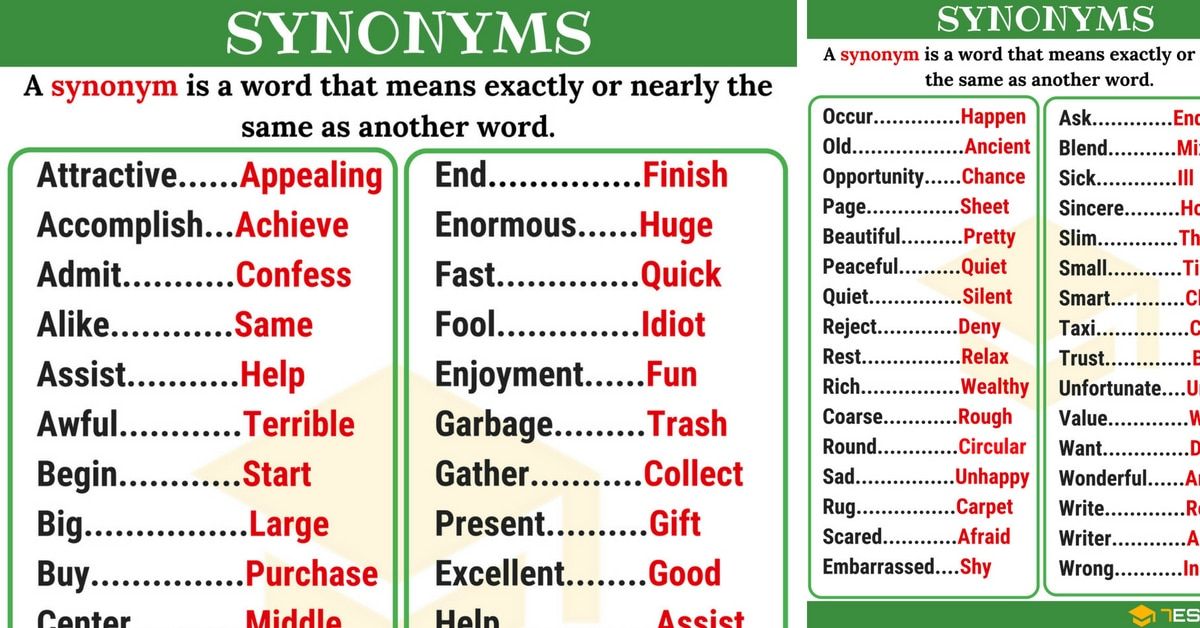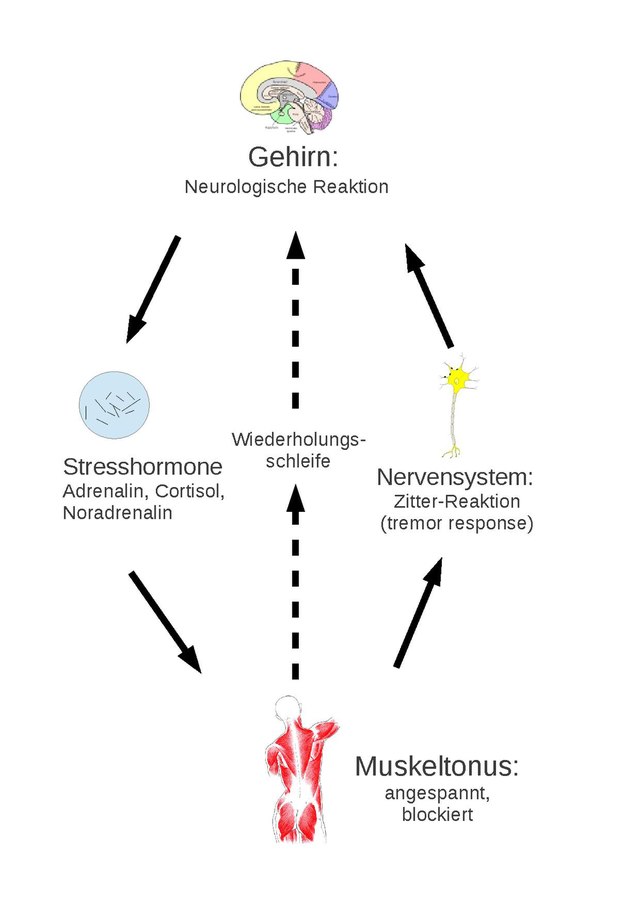Working with aggressive children
5 strategies for effective parenting
© 2016 – 2020 Gwen Dewar, Ph.D., all rights reserved
Aggression in children can take many forms: Angry tantrums; hitting, kicking, or biting; hot-headed outbursts that destroy property; cool-headed bullying; verbal attacks; attempts to control others through threats or violence.
What sets children off?
In some cases, kids lash out because they’re frustrated by a problem that’s too big for them. They haven’t yet learned how to control their impulses, or work out conflicts in socially acceptable ways.
In other cases, kids may be wrestling with special difficulties — like stressful life events, emotional regulation problems, attention deficits, autistic symptoms, or hyperactivity.
Yet in all cases — even where children have been diagnosed with serious conduct disorders — adults can have a powerful influence.
Humans aren’t born with programming that compels them to respond to the world with hostility. We all have the capacity to behave aggressively. Whether or not we do it depends on how we perceive the world.
Aggressive tendencies are shaped by environmental conditions — the pressures, threats, opportunities, and consequences that children experience. By tweaking these conditions, we can improve behavior and change the course of development.
That doesn’t mean it’s your fault if your child is acting out. Genetic factors put some kids at higher risk for trouble (Luningham et al 2020). And aggression in children is influenced by environmental forces outside the home. Peers, teachers, neighborhoods, media messages, ideologies, and cultural factors all play a role.
But whatever factors put a child at risk, there is nothing inevitable about the outcome. When caregivers get the help they need, they can have an important impact.
Randomized, controlled studies show that aggressive kids change trajectory when parents get practical training and moral support (Furlong et al 2013; Piquero et al 2009; Shellby and Shaw 2015; Waller et al 2013; Maaskant et al 2017; Scrool et al 2017).
The interventions work, in part, because parents learn specific tactics for handling aggression. But they also work because parents learn to change their outlook.
Struggling with a child’s behavior problems is stressful and demoralizing. It saps your resilience, your sense of optimism, competence, and goodwill. It can redefine the parent-child relationship in a destructive way, and prompt you to think about your child in ways that undermine your ability to cope.
And counterproductive thoughts fuel the conflict, and make behavior problems worse.
Replace these toxic mental habits with positive, constructive, problem-solving thoughts, and you can stop bad behavior before it erupts (Dittman et al 2016; Furlong et al 2013; Shellby and Shaw 2014).
So whether children are merely going through the “terrible twos,” or struggling with more difficult problems, we should take heart: With the right tools, we can turn things around.
Here are evidence-based tips for handling aggression in children, presented in two parts.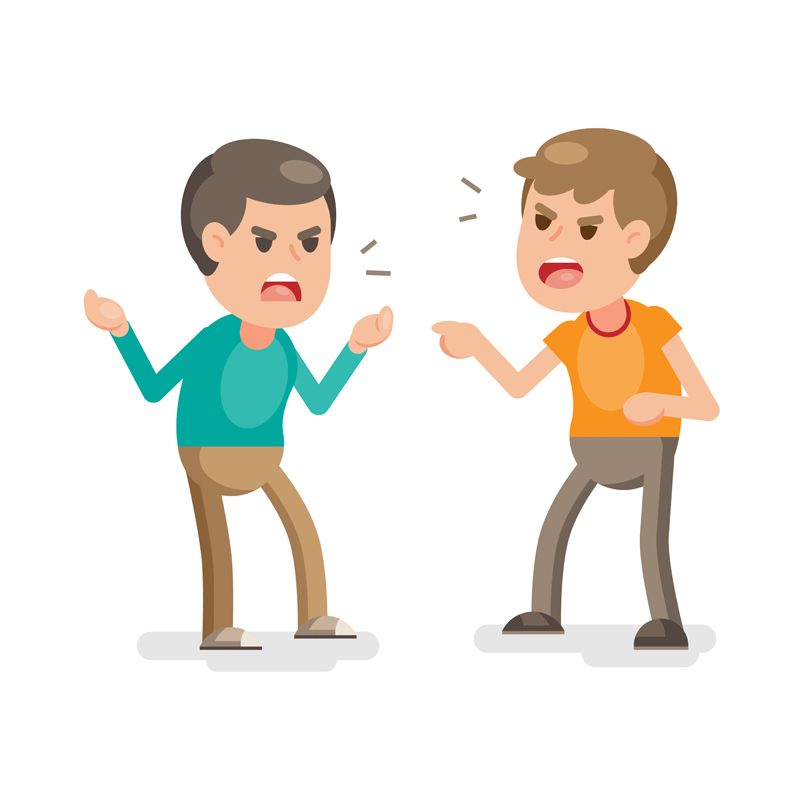 The first part concerns adjusting your outlook as a parent. The second part (link here) features practical tips for helping kids overcome their aggressive impulses.
The first part concerns adjusting your outlook as a parent. The second part (link here) features practical tips for helping kids overcome their aggressive impulses.
Tips for maintaining a confident, constructive outlook
1. Don’t take it personally.
When your child fails to comply with a request, it’s easy to feel disrespected. It’s easy to feel targeted when your child flies into a rage. But these emotional reactions, however natural, are wrong-headed.
First, kids don’t process emotions and information the way adults do (see below). If your child is very young, there’s a lot she doesn’t understand about her own feelings, let alone yours. If your child is older, it’s still likely that your child’s misbehavior reflects impulsivity or incompetence– not malice.
Second, research suggests that our pessimistic social beliefs — the tendency to attribute hostile intentions where none exist — can become a self-fulfilling prophesy. People who assume the worst tend to provoke negative behavior from others. And parents who make hostile attributions can end up creating the very problems they want to solve.
And parents who make hostile attributions can end up creating the very problems they want to solve.
In one study, mothers who made hostile attributions about their toddlers were more likely, three and half years later, to have children with aggressive behavior problems. This link between maternal beliefs and aggression in children remained significant even after the researchers controlled for pre-existing child difficulties, as well as the negative parenting behavior that tends to go accompany hostile attributions (Healy et al 2015).
Reminding yourself not to take it personally isn’t just good for your mood. It’s good for your relationship, and good for your child’s long-term development.
2. Get realistic expectations about your child’s ability to follow rules and comply with requests.
Young children have shorter attention spans, and they are easily distracted. They take more time to process verbal instructions. As I explain elsewhere, their working memory capacities — the sheer number of things they can keep in mind at any given moment — are more limited.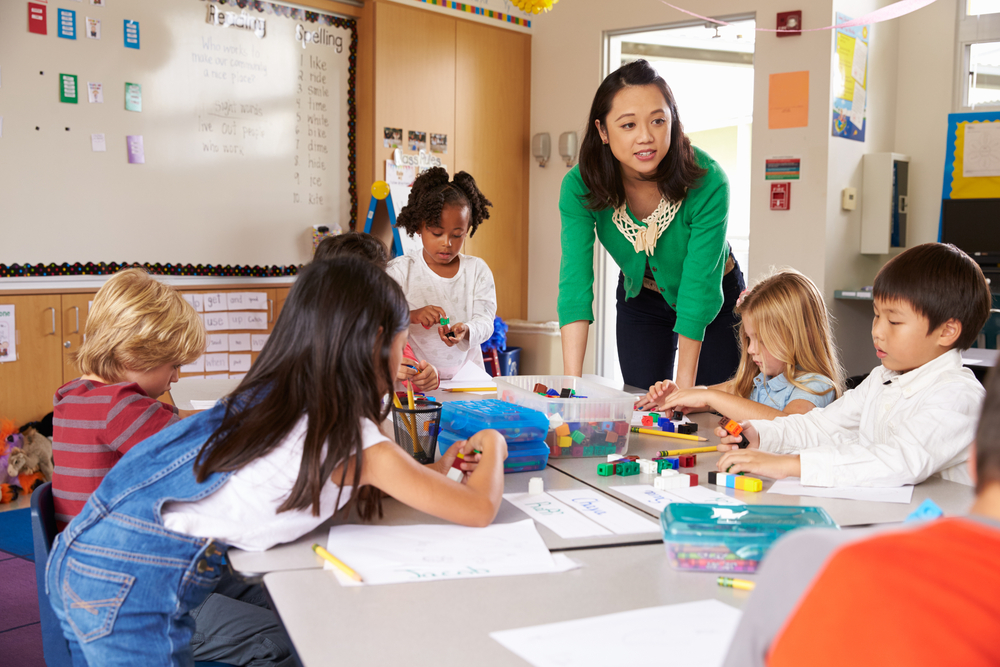
Learning new information, and adapting to a change of rules or procedure, may take longer than you realize (Lee et al 2015). Young children require more practice than older kids do, and older kids need more practice than adults (Yim et al 2013).
So when we issue directions, we shouldn’t expect young children to respond quickly and efficiently. They work a slower speed, and it’s harder for them to transition from one activity to the next. They need us to provide them with clear, simple directions, and then give them the extra time they need to switch gears.
Older children can handle more complexity and speed, but their attention spans, working memory capacities, impulse control, and task-switching skills are still developing.
By tuning into your child’s pace and abilities — and providing patient, calm reminders — you reshape the task into one he’s got the equipment to solve. And your child will get to experience the social and emotional rewards for cooperating — a crucial experience for his long-term development.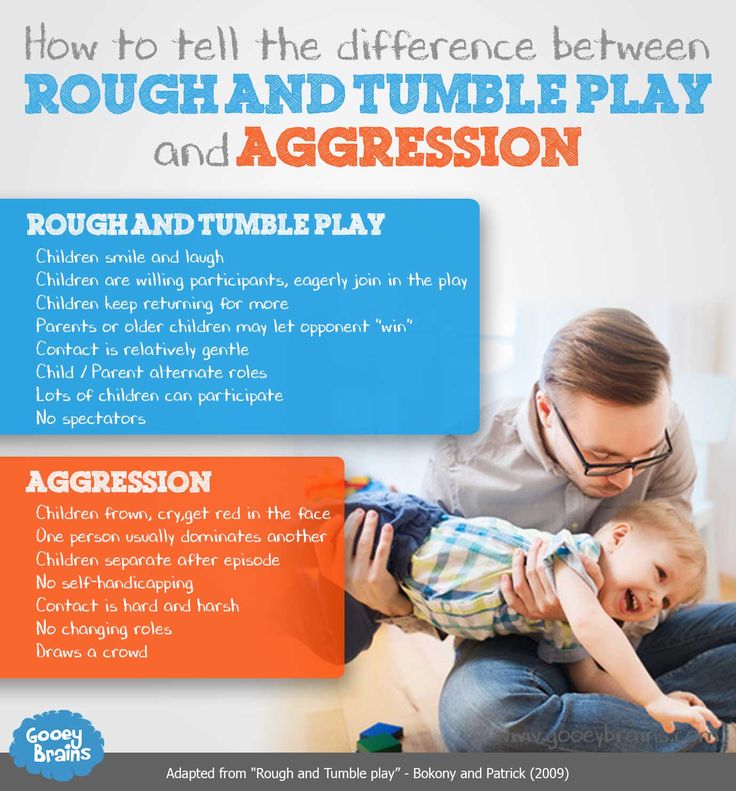 You invest more time, but it’s an investment that will pay off.
You invest more time, but it’s an investment that will pay off.
3. Get realistic expectations about the development of empathy and kindness.
Throughout childhood, kids are still learning about emotions — how to regulate their own moods and read the minds of others. Dependent, inexperienced, and vulnerable, young children are more easily threatened, and thus more likely focus on protecting their own interests (Li et al 2013).
Older kids, too, may respond this way if they perceive the world to be hostile or unjust. And some kids are at a physiological disadvantage. They have the ability to learn about social signals, but their brains don’t reward them as much for doing so (Davies et al 2011; Sepeta et al 2012). As a consequence, kids are less likely to learn on their own. They need our help.
So while children might behave in ways that seem selfish, that doesn’t mean they are incorrigibly self-absorbed. As I explain in other Parenting Science articles, children demonstrate a capacity for empathy and kindness from a very early age. In fact, even babies seem to root for the underdog.
In fact, even babies seem to root for the underdog.
When children fail to show concern for others, it’s often because they perceive the situation differently, or don’t know how to control their impulses. They need opportunities to learn — by developing secure relationships with us; talking about their feelings and the emotional signals of others; and observing positive role models, and growing up in an environment that rewards self-control and cooperation.
For help with nurturing empathy, see this article about “emotion coaching,” and these evidence-based tips.
4. Focus on maintaining a positive relationship.
If your child keeps misbehaving, you might feel it’s important to answer every offense with criticism, threats, or punishment. But is this actually a good idea? What you end up with is a parent-child relationship that’s mostly characterized by negative exchanges.
It’s a grim outcome, and it’s also counter-productive. Studies suggest that kids are more likely to learn desirable social skills when we provide them with positive feedback for making good choices — not threats and punishments for doing the wrong thing.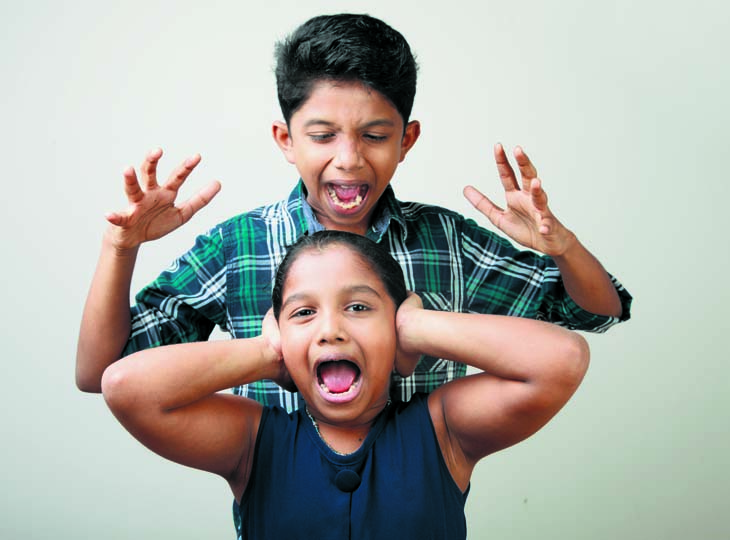
Moreover, a diet of negativity can make kids become more defiant. Negative parenting can lead to a downward spiral of misbehavior, punishment, retaliation, more punishment, and more misbehavior (Cavell et al 2013). Physical punishment is especially ill-advised. When parents impose physical punishments, children’s aggressive behavior problems tend to get worse (Heilmann et al 2021).
How do you stay calm and upbeat? It isn’t easy, not if your child seems stuck in “defiance mode.” You’ll need social support, and maybe some professional guidance. Studies show that therapists specifically trained in handling aggression in children can help reduce stress and improve behavior.
One approach, used internationally, is the so called “Oregon Model” of Parent Management Training (Scrool et al 2016; Kjøbli et al 2016; Maaskant et al 2017; Thijssen et al 2017). Through weekly sessions of coaching and role playing, parents learn effect ways to set limits, foster cooperation, settle arguments in a constructive way, and inject daily life with pleasant, loving activities.
But the first step is reorganizing your priorities (Cavell et al 2013). Maintaining positive relations is more important than prosecuting every failure. Sometimes you need to choose your battles. For more information, see my tips for handling aggression in children, as well as these positive parenting tips.
5. Don’t sacrifice your own psychological well-being!
Dealing with aggression is very stressful, and stress hurts. It makes us ill, clouds our thinking, and damages relationships. As I explain elsewhere, stress is contagious: Even young infants pick up on our negative moods. And when parents are stressed out, it adds fuel to the fire: Their children’s behavior problems tend to get worse. Read more about it in my article, “Parenting Stress: Why it matters, and what we can do to get relief.”
So addressing your own well-being shouldn’t be an after-thought, a luxury to be put off until your child’s behavior problems improve. It’s a pressing issue, a central player in the crisis.
For information about evidence-based, stress-busting tactics, see my evidence-based tips for coping with parenting stress, and don’t hesitate to seek professional advice from a therapist trained to handle aggressive behavior in children.
Your therapist or physician may recommend that you participate in an evidence-based parenting support group, like Triple P (the “Positive Parenting Program”). As noted above, such programs have a positive track record (Furlong et al 2013).
Next: How to defuse defiance and aggression in children
For more information about handling disruptive behavior and aggression in children, see part two of this guide, which features tips for handling disruptive and aggressive behavior problems. In addition, see these Parenting Science articles for promoting cooperation and self-regulation skills:
- Positive parenting techniques
- Teaching self-control
- Teaching empathy
- Correcting behavior: How to help kids learn from their mistakes
- Fostering preschool social skills
- Authoritative parenting
References: Aggression in children
Cavell TA, Harrist AW, and Del Vecchio T.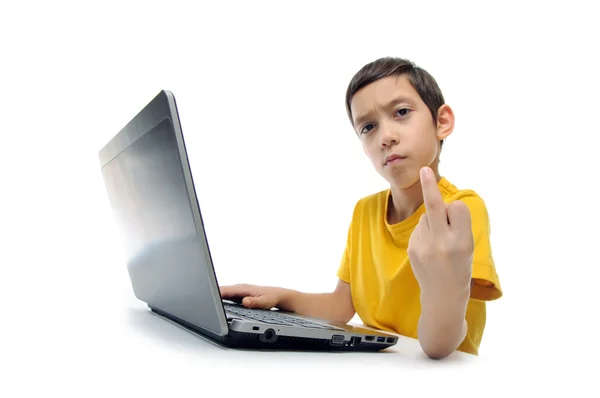 2013. Working with parents of aggressive children: Ten principles and the role of authoritative parenting. In RE Larzelere, AS Morris and AH Harrist (eds): Authoritative parenting: Synthesizing nurturance and discipline for optimal child development. American Psychological Association.
2013. Working with parents of aggressive children: Ten principles and the role of authoritative parenting. In RE Larzelere, AS Morris and AH Harrist (eds): Authoritative parenting: Synthesizing nurturance and discipline for optimal child development. American Psychological Association.
Dittman CK, Farruggia SP, Keown LJ, and Sanders MR. 2016. Dealing with Disobedience: An Evaluation of a Brief Parenting Intervention for Young Children Showing Noncompliant Behavior Problems. Child Psychiatry Hum Dev. 47(1):102-12.
Davies MS, Dapretto M, Sigman M, Sepeta L, and and Bookheimer SY. 2011. Neural bases of gaze and emotion processing in children with autism spectrum disorders.Brain Behav. 1(1):1-11.
Dodge KA, Malone PS, Lansford JE, Sorbring E, Skinner AT, Tapanya S, Tirado LM, Zelli A, Alampay LP, Al-Hassan SM, Bacchini D, Bombi AS, Bornstein MH, Chang L, Deater-Deckard K, Di Giunta L, Oburu P, and Pastorelli C. 2015. Hostile attributional bias and aggressive behavior in global context.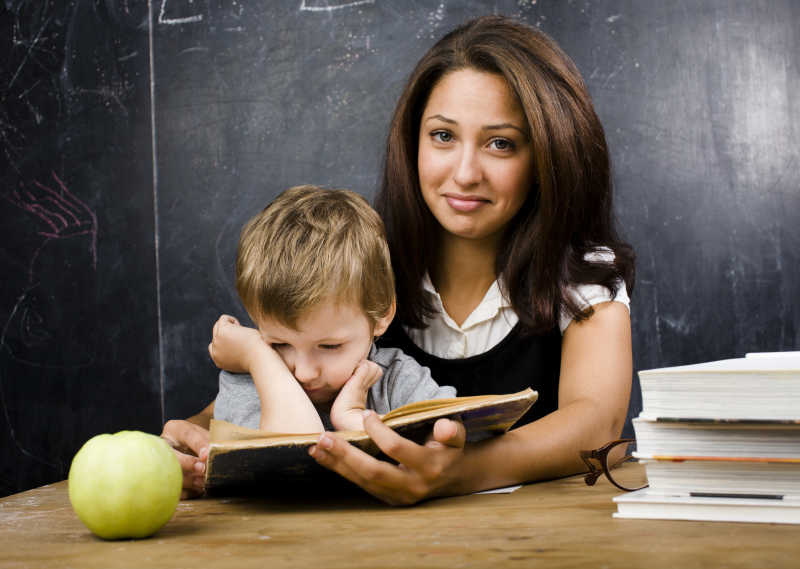 Proc Natl Acad Sci U S A. 112(30):9310-5.
Proc Natl Acad Sci U S A. 112(30):9310-5.
Furlong M, McGilloway S, Bywater T, Hutchings J, Smith SM, Donnelly M. 2013. Cochrane review: behavioural and cognitive-behavioural group-based parenting programmes for early-onset conduct problems in children aged 3 to 12 years (Review). Evid Based Child Health. 8(2):318-692.
Healy SJ, Murray L, Cooper PJ, Hughes C, Halligan SL. 2015. A longitudinal investigation of maternal influences on the development of child hostile attributions and aggression. J Clin Child Adolesc Psychol. 44(1):80-92.
Heilmann A, Mehay A, Watt RG, Kelly Y, Durrant JE, van Turnhout J, Gershoff ET. 2021. Physical punishment and child outcomes: a narrative review of prospective studies. Lancet. 398(10297):355-364.
Kjøbli J, Zachrisson HD, Bjørnebekk G. 2016. Three Randomized Effectiveness Trials – One Question: Can Callous-Unemotional Traits in Children Be Altered? J Clin Child Adolesc Psychol. 30:1-8.
Lee HW, Lo YH, Li KH, Sung WS, Juan CH. 2015.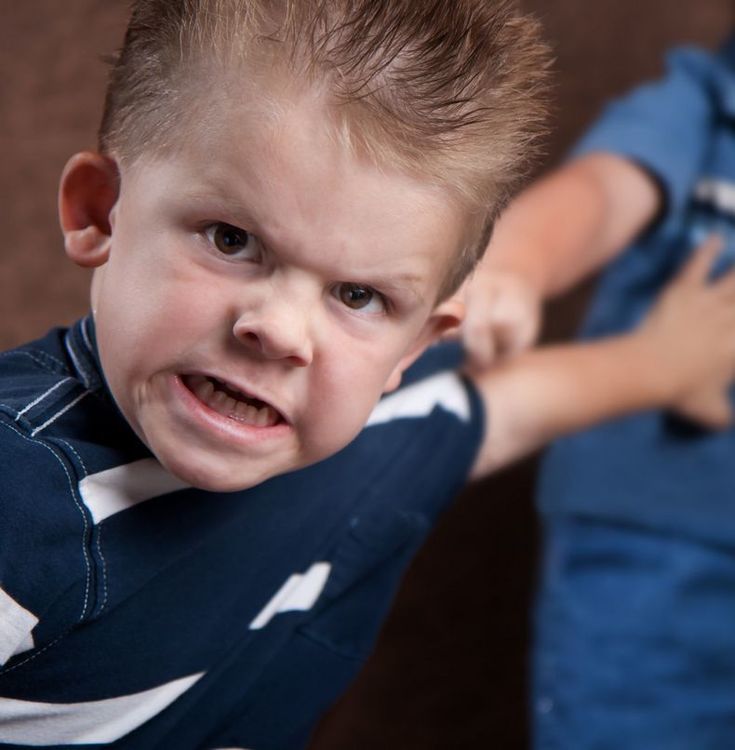 The relationship between the development of response inhibition and intelligence in preschool children. Front Psychol. 6:802.
The relationship between the development of response inhibition and intelligence in preschool children. Front Psychol. 6:802.
Li Y, Li H, Decety J, and Lee K. 2013. Experiencing a natural disaster alters children’s altruistic giving. Psychological Science 24(9):1686-95.
Luningham JM, Hendriks AM, Krapohl E, Fung Ip H, van Beijsterveldt CEM, Lundström S, Vuoksimaa E, Korhonen T, Lichtenstein P, Plomin R, Pulkkinen L, Rose RJ, Kaprio J, Bartels M, Boomsma DI, Lubke GH. 2020. Harmonizing behavioral outcomes across studies, raters, and countries: application to the genetic analysis of aggression in the ACTION Consortium. J Child Psychol Psychiatry. 2020 Jan 16. doi: 10.1111/jcpp.13188. [Epub ahead of print]
Maaskant AM, van Rooij FB, Overbeek GJ, Oort FJ, Arntz M, Hermanns JMA. 2017. Effects of PMTO in Foster Families with Children with Behavior Problems: A Randomized Controlled Trial. J Child Fam Stud. 26(2):523-539.
Piquero AR, Farrington DP, Welsh DC, Tremblay R and Jennings WG.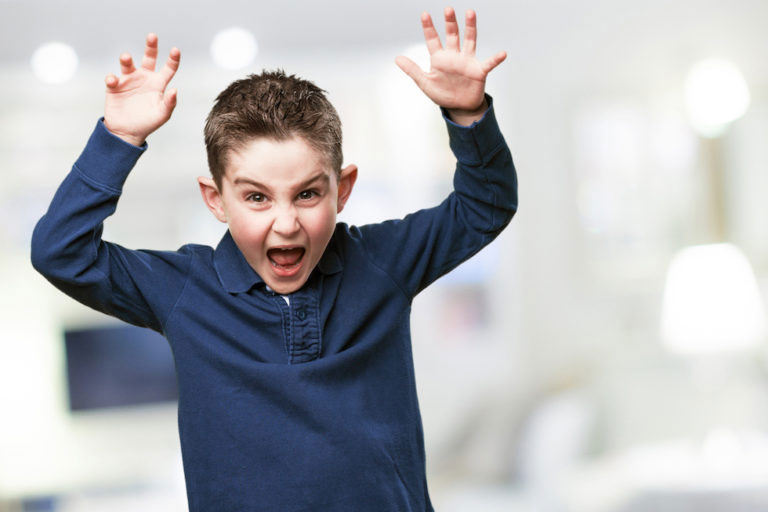 2009. Effects of Early Family/Parent Training Programs on Antisocial Behavior and Delinquency. Journal of Experimental Criminology. 5(2): 83-120
2009. Effects of Early Family/Parent Training Programs on Antisocial Behavior and Delinquency. Journal of Experimental Criminology. 5(2): 83-120
Provençal N, Matthew J. Suderman, Frank Vitaro, Moshe Szyf, Richard E. Tremblay. 2013. Childhood Chronic Physical Aggression Associates with Adult Cytokine Levels in Plasma. PLoS ONE 8 (7): e69481
Rodríguez L and Feig LA. 2013. Chronic Social Instability Induces Anxiety and Defective Social Interactions Across Generations. Biological Psychiatry 73(1): 44–53
Romero E, Richards MH, Harrison PR, Garbarino J, Mozley M. 2015. The Role of Neighborhood in the Development of Aggression in Urban African American Youth: A Multilevel Analysis. Am J Community Psychol. 2015 Sep;56(1-2):156-69.
Schoorl J, van Rijn S, de Wied M, van Goozen SHM, Swaab H. 2017. Neurobiological stress responses predict aggression in boys with oppositional defiant disorder/conduct disorder: a 1-year follow-up intervention study. Eur Child Adolesc Psychiatry.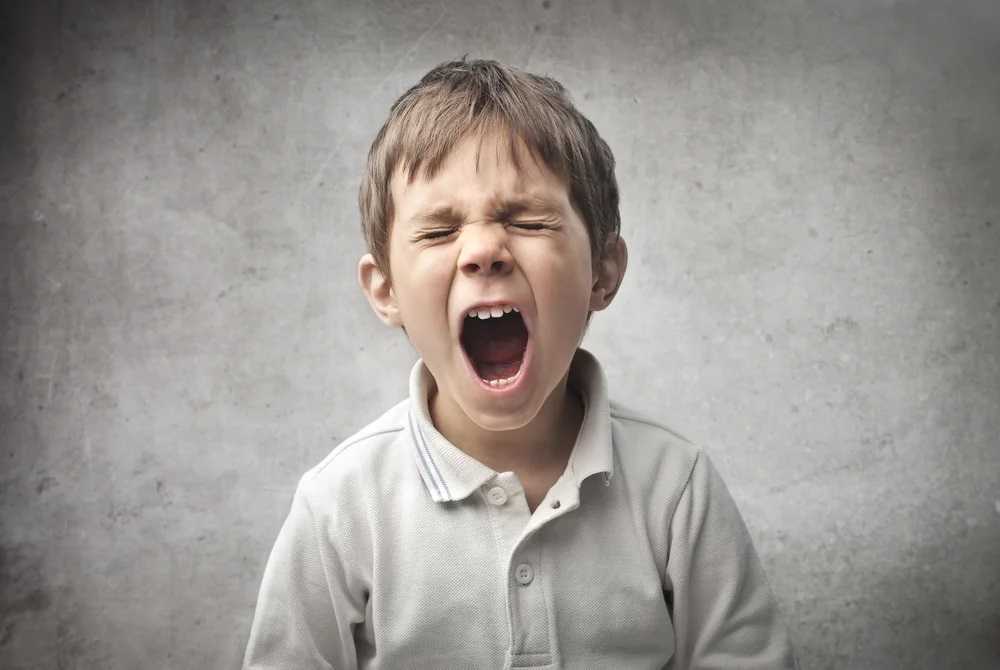 26(7):805-813
26(7):805-813
Sepeta L, Tsuchiya N, Davies MS, Sigman M, Bookheimer SY, and Dapretto M. 2012. Abnormal social reward processing in autism as indexed by pupillary responses to happy faces. J Neurodev Disord. 4(1):17. doi: 10.1186/1866-1955-4-17.
Shelleby EC and Shaw DS. 2014. Outcomes of Parenting Interventions for Child Conduct Problems: A Review of Differential Effectiveness. Child Psychiatry Hum Dev. 45(5):628-45.
Thijssen J, Vink G, Muris P, de Ruiter C. 2017. The Effectiveness of Parent Management Training-Oregon Model in Clinically Referred Children with Externalizing Behavior Problems in The Netherlands. Child Psychiatry Hum Dev. 48(1):136-150.
Waller R, Gardner F, and Hyde LW. 2013. What are the associations between parenting, callous–unemotional traits, and antisocial behavior in youth? A systematic review of evidence. Clin Psychol Rev. 33(4):593-608.
Waters SF, West TV, Berry Mendes W. 2014. Stress Contagion: Physiological Covariation Between Mothers and Infants.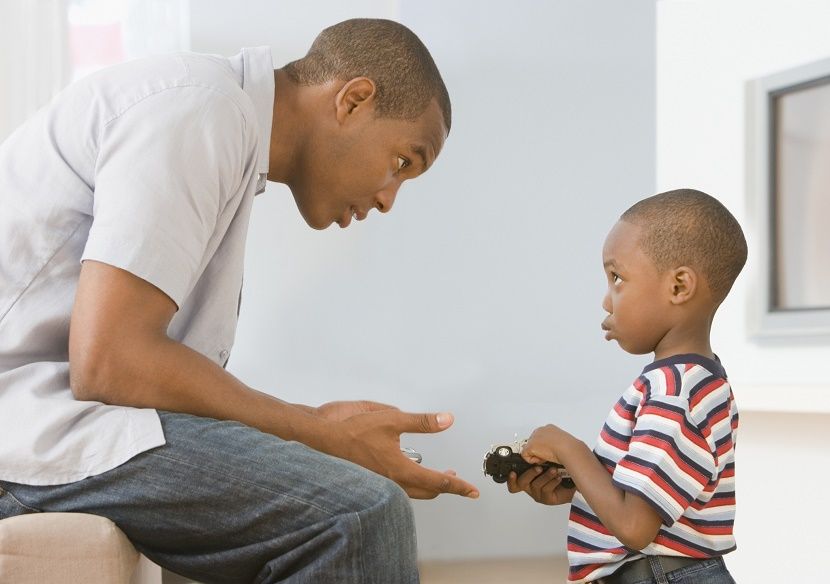 Psychol Sci. 25(4): 934–942.
Psychol Sci. 25(4): 934–942.
Yeager DS, Miu AS, Powers J, and Dweck CS. 2013. Implicit theories of personality and attributions of hostile intent: a meta-analysis, an experiment, and a longitudinal intervention. Child Dev. 84(5):1651-67.
Yeager DS, Purdie-Vaughns V, Garcia J, Apfel N, Pebley P, Master A, Hessert W, Williams M and Cohen, GL. 2014. Breaking the cycle of mistrust: Wise interventions to provide critical feedback across the racial divide. Journal of Experimental Psychology: General 143: 804-824.
Yim H, Dennis SJ, Sloutsky VM. 2013. The development of episodic memory: items, contexts, and relations. Psychol Sci. 24(11):2163-72.
Image credits for “Aggression in children”:
image of stressed mother by Alexeg84 / istock
Image of girl and teddy bear / istock
Content of “Aggression in children” last modified 10/2017
Ways to Deal with Your Toddler's Aggressive Behavior – Cleveland Clinic
Does your kid seem to have “anger issues”?
If you’re a parent, you’ve probably dealt with your fair share of tantrums, meltdowns, and freak-outs.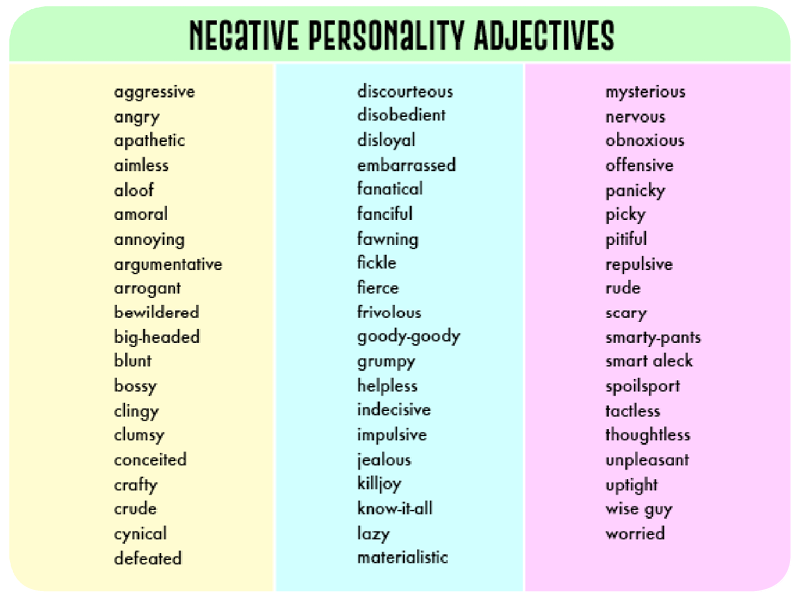 Regulating our emotions is a skill we all have to learn, and some kids take longer to master self-control than others. But how do you know when your child’s aggressive or violent behavior isn’t just part of their learning curve vs. getting out of hand? And what can you do to help?
Regulating our emotions is a skill we all have to learn, and some kids take longer to master self-control than others. But how do you know when your child’s aggressive or violent behavior isn’t just part of their learning curve vs. getting out of hand? And what can you do to help?
It’s all about knowing what’s developmentally appropriate. “We generally expect toddlers to experience some aggressive behaviors,” says pediatric psychologist Emily Mudd, PhD.
“At this stage, kids tend to resort to physical expressions of their frustration, simply because they don’t yet have the language skills to express themselves. For example, pushing a peer on the playground could be considered typical. We wouldn’t necessarily call that aggression unless it was part of a pattern.”
When to worryBy the time your child is old enough to have the verbal skills to communicate their feelings — around age 7 — physical expressions of aggression should taper off, Dr.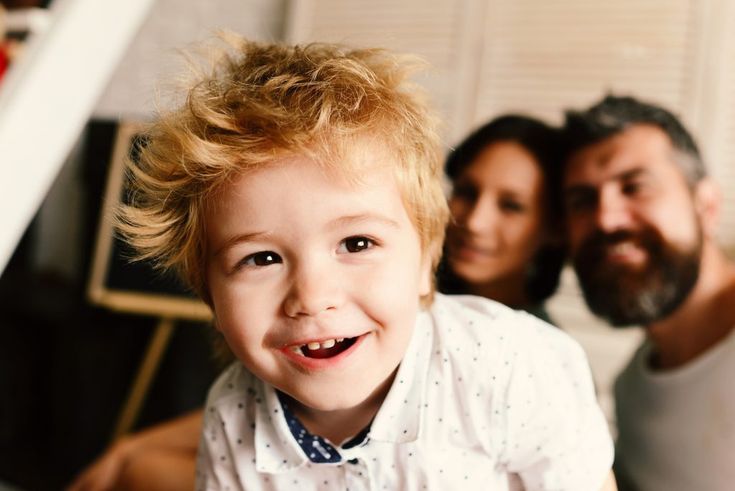 Mudd says.
Mudd says.
If that’s not happening, it’s time to be concerned, especially if your child is putting themselves or others in danger or is regularly damaging property.
Watch for warning signs that your child’s behavior is having a negative impact, like they’re:
- Struggling academically.
- Having difficulty relating to peers.
- Frequently causing disruptions at home.
“These warning signs are cause for concern and should not be ignored,” notes Dr. Mudd.
Advertising Policy
Your child’s behavior may have an underlying cause that needs attention. ADHD, anxiety, undiagnosed learning disabilities and autism can all create issues with aggressive behavior.
“Whatever the cause, if aggressive behavior impacts your child’s day-to-day functioning, it’s time to seek help,” Dr. Mudd says.
Start by talking with your pediatrician. If necessary, they can refer you to a mental health professional to diagnose and treat problems that may cause aggression.
Dr. Mudd recommends these strategies for helping your child tame their aggression.
Stay calm“When a child is expressing a lot of emotion, and the parents meet that with more emotion, it can increase the child’s aggression,” she says. Instead, try to model emotional regulation for your child.
Don’t give in to tantrums or aggressive behaviorFor example, if your child is having a tantrum at the grocery store because they want a particular cereal, don’t give in and buy it. This is rewarding and reinforces the inappropriate behavior.
Catch your child being goodReward good behavior, even when your child isn’t doing anything out of the ordinary. If dinner time is problem-free, say, “I really like how you acted at dinner.” Treats and prizes aren’t necessary. Recognition and praise are powerful all on their own.
Advertising Policy
Help your child learn to express themself by naming emotionsFor example, you might say, “I can tell you’re really angry right now. ” This validates what your child is feeling and encourages verbal, instead of physical, expression. Opening up the floor for conversation can help them find ways of getting their feelings off their chest in a healthy way.
” This validates what your child is feeling and encourages verbal, instead of physical, expression. Opening up the floor for conversation can help them find ways of getting their feelings off their chest in a healthy way.
Do tantrums happen every morning before school? Work on structuring your morning routine. Break down tasks into simple steps, and give time warnings like, “We’re leaving in 10 minutes.” Set goals, like making it to school on time four days out of five. Then reward your child when they meet those goals.
Find appropriate rewardsDon’t focus on financial or material goals. Instead, try rewards like half an hour of special time with mom or dad, choosing what the family eats for dinner or selecting what the family watches for movie night.
You’re not alone with toddler aggressionIf your child is struggling with self-control, incorporating these strategies into your parenting should help you rein in those behaviors.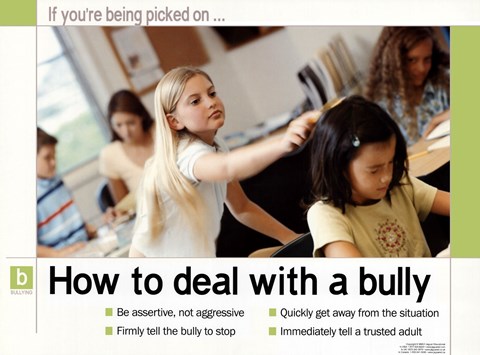
If the situation seems unmanageable, though, remember that you’re not the only one struggling with your child’s behavior. Pediatric psychologists are skilled at helping children and families solve emotional and behavioral problems. Ask your pediatrician for the names of mental health professionals in your area.
Recommendations for working with aggressive children.
1. To teach the child to express his displeasure in socially acceptable ways.
2. Adhere to constancy and consistency in the implementation of the selected type of behavior in relation to the child.
3. Restrain the child's aggressive impulses immediately before their manifestation (stop with a shout, distract with a game, activity, create a physical obstacle to an aggressive act (take away the hand, hold on to the shoulders).
4. Stop any aggressive action: stop calmly, with a straight face, acting with a minimum of words.
5. Discuss behavior only after reassurance.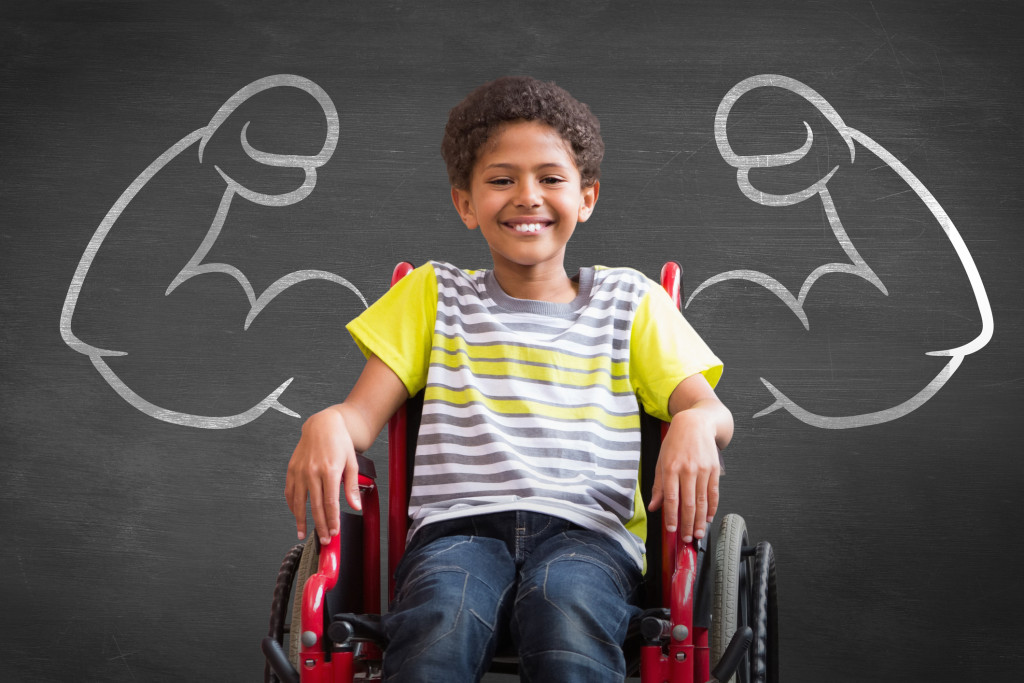
6. It is obligatory to show the child that such behavior is absolutely unacceptable.
7. Learn to be responsible for your actions.
8. Let him be responsible for something at school and at home.
9. It is advisable to ignore offensive words addressed to an adult, but at the same time try to understand what feelings and experiences of the child are behind them.
10. You can't threaten or blackmail, because at some point it stops working. You will be unconvincing and powerless.
11. Let him know that there are other ways to show power and attract attention.
12. To overcome and prevent aggressive behavior, you can use collective games that help them develop tolerance and mutual assistance.
13. Maintain a calm emotional tone.
14. Never allow yourself to insult a child, do not discharge your bad mood on him.
15. Praise positive actions to reinforce a new style of behavior.
16. Do not seek to please, do not be influenced or manipulated.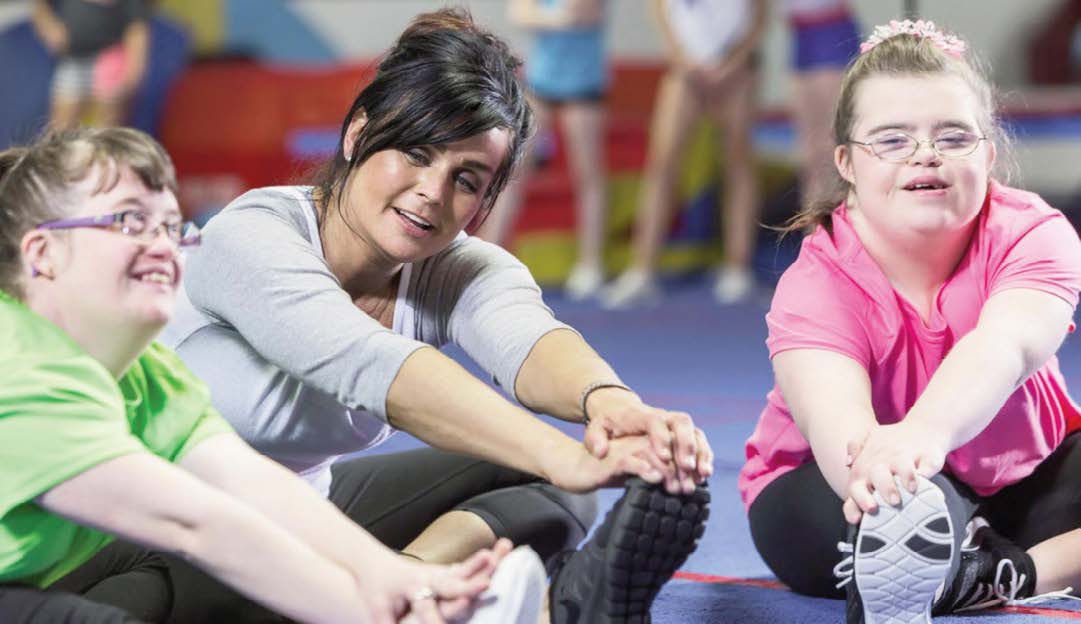
17. Give the child the opportunity to throw out his aggression, shift it to other objects (let him draw his enemy and tear the portrait, etc.)
18. Show the child a personal example of effective behavior.
19. Clearly orientate in terms of "good", "bad", "must".
20. Remember that banning and raising your voice are the most ineffective ways to overcome aggressiveness. Only by understanding the reasons for such behavior and removing them, you can hope that the child's aggressiveness will be removed.
Recommendations for working with a hyperactive child
1. Ignore hysterical reactions.
2. Praise positive actions to reinforce a new style of behavior.
3. Don't try to please.
4. Do not pay constant attention to his bad behavior - this is what he needs / subconsciously /
5. Let's understand more often that he has the right to decide for himself and be responsible for his decisions and actions.
6.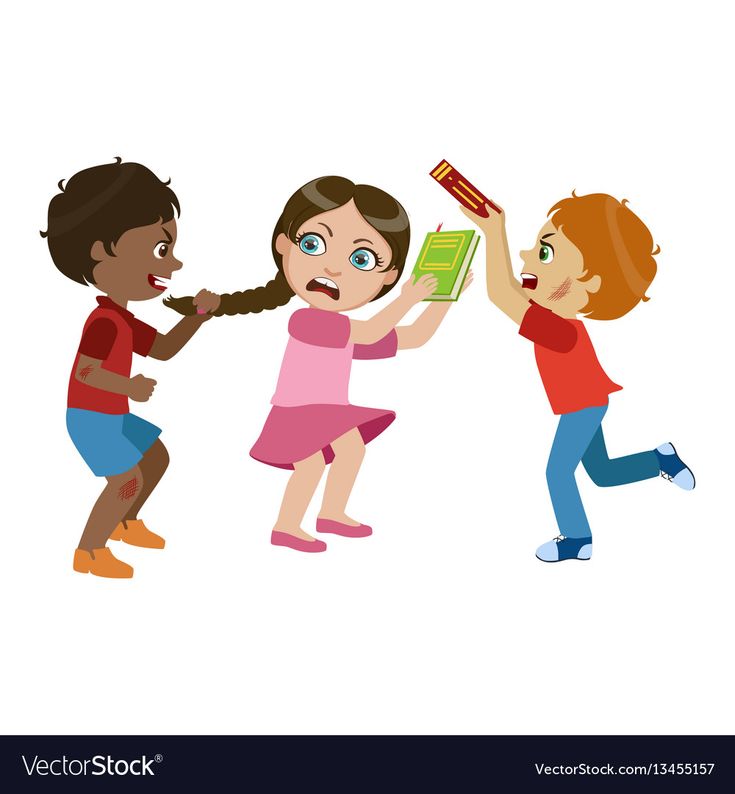 Do not be influenced or manipulated.
Do not be influenced or manipulated.
7. Do not criticize the person as a whole, but his actions. Do not make comments all the time.
8. Let emotions be violent, but not rude, within the limits of what is permitted.
9. Strengthen the system of rewards and punishments / punishment - immobility /. He will remember this punishment.
10. If a child has realized a misconduct, then they talk to him. The conversation must be memorable.
11. The requirement of all family members must be the same.
12. Harden the regime. Cross aimless pastime.
13. The child should be responsible for helping around the house, for doing homework. Control is not permanent.
14. Do not allow another task to be done until the first one is completed.
15. Clearly orientate in terms of "good", "bad", "must".
16. Increase self-esteem, self-confidence.
Computer and Internet addiction in children
The computer has firmly entered our lives.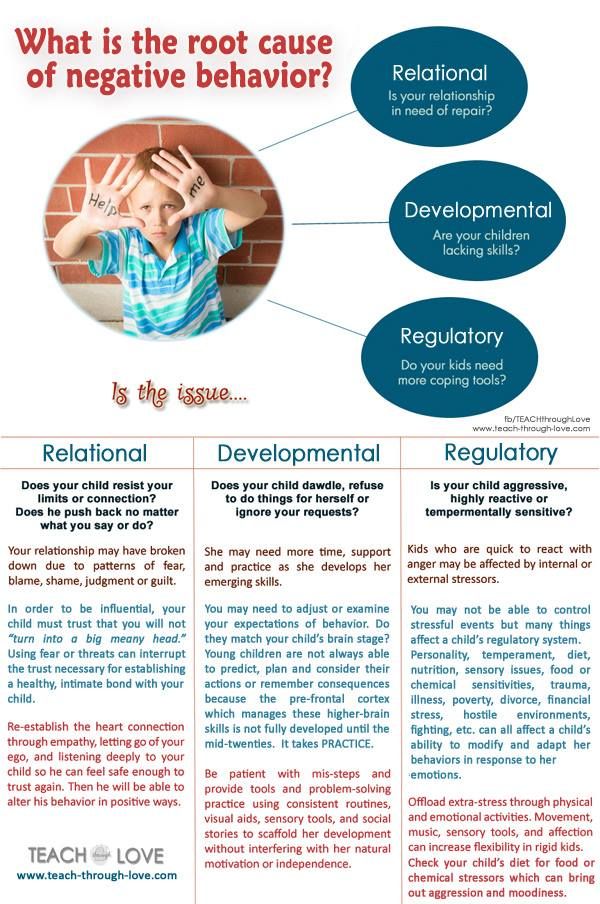 Technological progress cannot be stopped, and whether we like it or not, computer literacy is becoming a component of general literacy, a testament to the education, if you like, the civilization of a person. It is difficult to imagine a person applying for a good position and not owning a computer.
Technological progress cannot be stopped, and whether we like it or not, computer literacy is becoming a component of general literacy, a testament to the education, if you like, the civilization of a person. It is difficult to imagine a person applying for a good position and not owning a computer.
The current state of affairs is as follows: if in the mid-late 90s teenagers named listening to music and watching TV programs among the most frequent activities, now the hobby for the computer has supplanted the former hobbies.
About 70% of modern schoolchildren, when answering a question about their interests and hobbies, mention the computer, almost on a par with playing sports, walking, socializing and with friends.
What do experts mean when they talk about computer and Internet addiction?
When experts talk about computer or Internet addiction, they mean that people prefer life in computer games and the Internet to real life, spending up to 18 hours a day in virtual reality.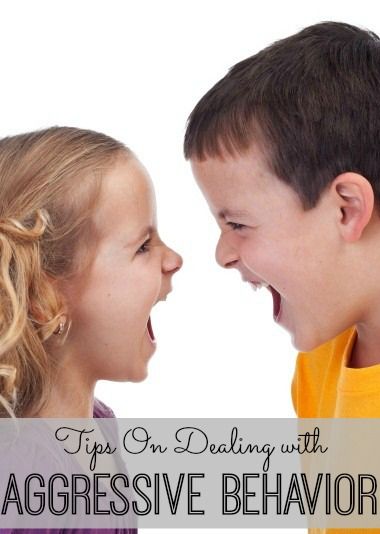 If we are talking about Internet addiction, then its definition is: "This is an obsessive desire to enter the Internet while off-line, and the inability to get off the Internet while on-line." According to various studies, today about 10% of users worldwide are Internet addicts. Russian psychiatrists believe that in our country there are 4-6% of such people.
If we are talking about Internet addiction, then its definition is: "This is an obsessive desire to enter the Internet while off-line, and the inability to get off the Internet while on-line." According to various studies, today about 10% of users worldwide are Internet addicts. Russian psychiatrists believe that in our country there are 4-6% of such people.
For the first time, Americans started talking about computer addiction in the late 80s. In their opinion, the symptoms of addiction are as follows: an obsessive desire to check your mailbox on the Internet, a constant expectation of the next access to the network, an addiction to work (games, programming or other activities) and an irresistible craving for searching for information on the network.
This also includes a pathological desire to play online games, attachment to online auctions or electronic purchases on the Internet. Another form of addiction is chatting, which can eventually lead to the replacement of real-life family and friends with virtual ones. Experts believe that in the case of a long absence from the computer and the network, depressed mood and depression occur.
Experts believe that in the case of a long absence from the computer and the network, depressed mood and depression occur.
In advanced cases, the addict stops paying attention not only to others, but also to himself, to his appearance, stops performing basic hygiene procedures: washing, shaving, etc.
They name many negative consequences of the appearance of computers in our lives : children read less, spend a lot of time playing computer games, preferring them to walks, lessons, human communication.
What harm to the psyche and health can we talk about?
The most obvious problems, which become apparent very quickly, are associated with impaired posture and vision. A static twisted posture and screen flickering quickly take their toll. Often you can meet complaints of numbness of the fingers and right hand. There was even a name for the symptom - "a hand holding a mouse" - meaning a computer mouse.
When working at a computer, the arms are constantly bent at the elbows, the hands hang in tension over the keyboard.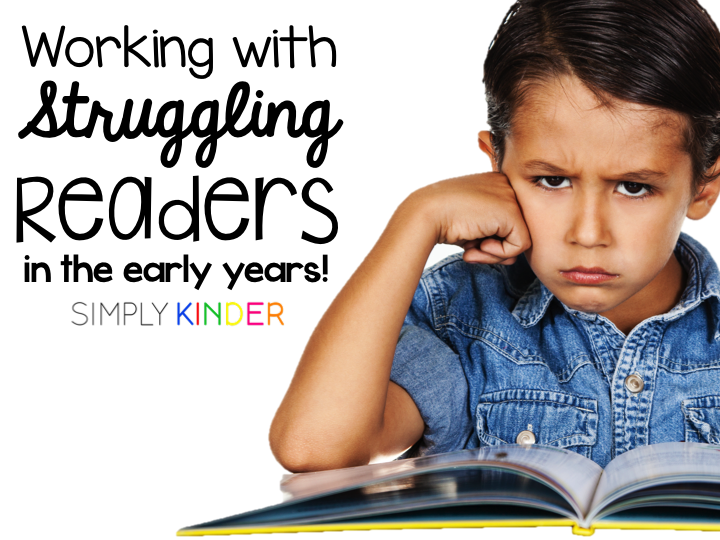 When the hand is motionless and tense for a long time, the blood circulation in it stagnates and the supply of oxygen to the tissues slows down. Swelling occurs, the nerve is compressed. As a result, there is pain, especially at night and early in the morning, in the fingers there is a tingling or numbness.
When the hand is motionless and tense for a long time, the blood circulation in it stagnates and the supply of oxygen to the tissues slows down. Swelling occurs, the nerve is compressed. As a result, there is pain, especially at night and early in the morning, in the fingers there is a tingling or numbness.
And how does the passion for computer games affect the psyche, especially of children?
Depending on what and depending on how much time the child spends at the computer.
Games are different. For example, the Windows operating system includes a standard set of games - usually solitaire. They can be good for rest and switching, if you have to work at the computer for a long time, they train thinking, attention.
From the same series of puzzle games, games for speed of reaction, for example, computer table tennis.
Strategy games assume that the player controls the whole computer world - builds houses, conquers territories, extracts, for example, oil, gold.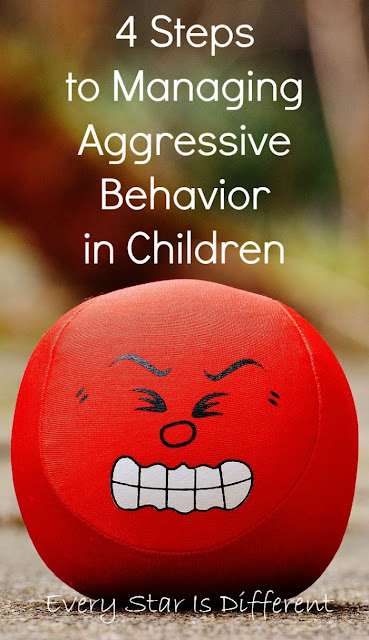
There is a kind of computer games called "Quest". The bottom line is that the hero finds himself in some kind of difficult, confusing situation, or receives some kind of task, he will have an adventure. The task of the player is to unravel the mysteries, puzzles that accompany the adventure. Such games, as a rule, do not contain scenes of violence.
Such games can be good because they develop spatial thinking, memory. Such games can be based on real historical events - for example, the rise and fall of the Roman Empire, great wars. So with a competent approach, such games can arouse interest in history, make it possible to feel like a participant in events that take place a long time ago. The negative point of such games can be called the emerging illusion of omnipotence and the danger of escape from reality into a virtual illusory world.
In addition, almost all computer games have the following feature: at a certain stage of the game, you can save so that in case of failure (for example, the death of the hero), you can return and start over.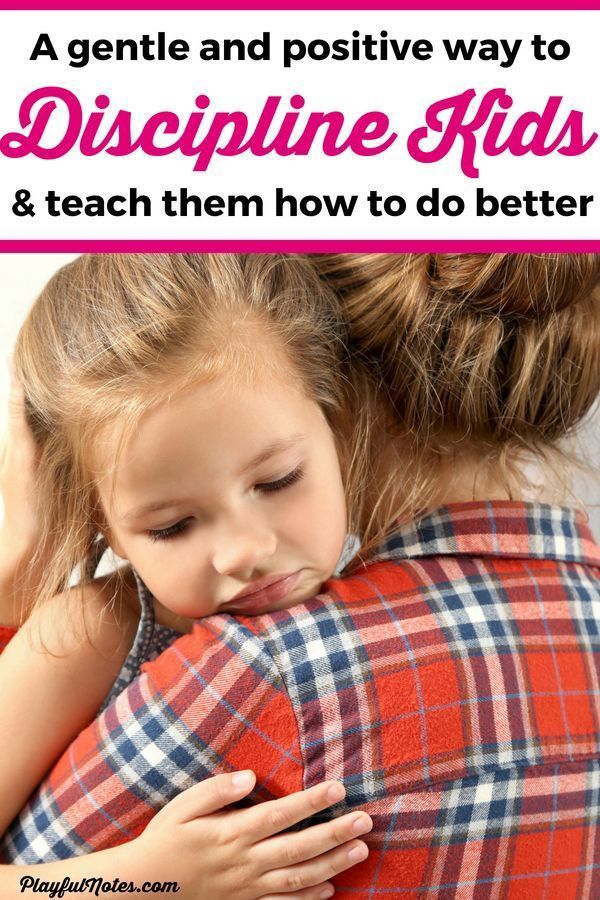 In real life, there is no such possibility, but, unfortunately, children do not understand this - that we live without a draft, and sometimes what has been done cannot be corrected. The situation is worse with various "shooters".
In real life, there is no such possibility, but, unfortunately, children do not understand this - that we live without a draft, and sometimes what has been done cannot be corrected. The situation is worse with various "shooters".
The view on the screen, as a rule, corresponds to the view from one's own eyes, that is, the player does not just see the hero, but turns into him himself. At the same time, his task is to destroy as many enemies as possible. In such games, scenes of violence can really be destructive to the child's psyche, provoking children to aggressive behavior in real life. With the current level of graphics, the blood on the screen after the hero's shot may seem quite real.
The task of parents is to definitely prevent the appearance of such games in a child.
That is, computer addiction can have both negative and positive sides.
The possibilities of the computer are very great. It may not be just a typewriter or a slot machine.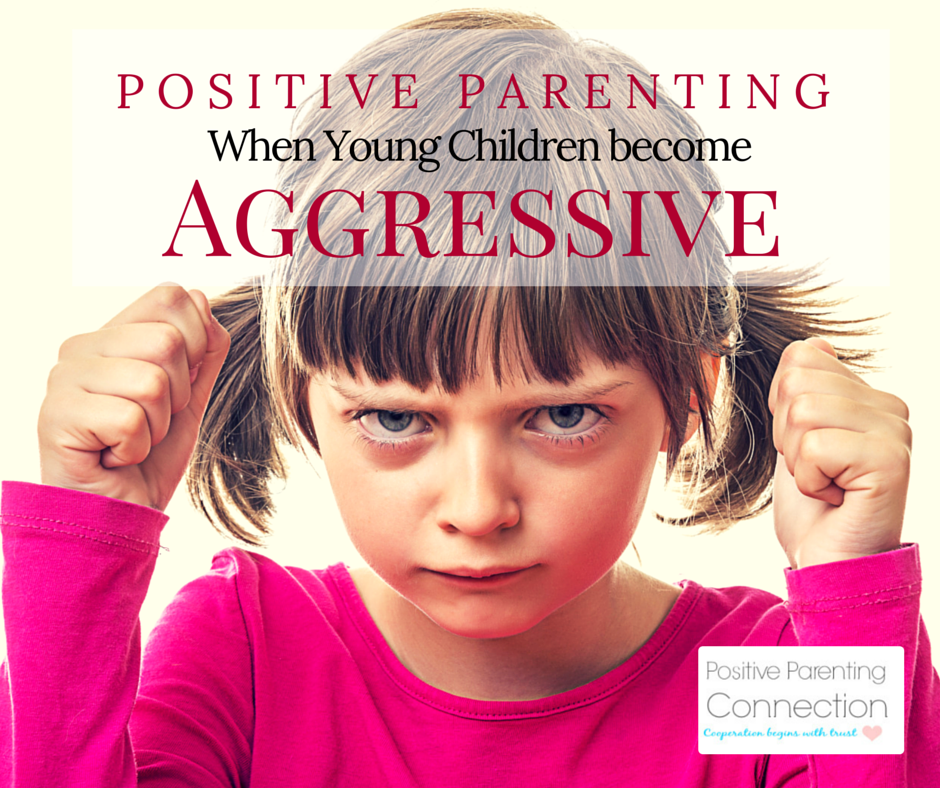 The Internet is really good for finding information, it is convenient to use e-mail. People with a limited social circle or with disabilities and just looking for like-minded people can use the Internet to communicate.
The Internet is really good for finding information, it is convenient to use e-mail. People with a limited social circle or with disabilities and just looking for like-minded people can use the Internet to communicate.
Communication takes place in the so-called "Chats". Chat is a place for communication. Chats can be thematic - for teenagers, for example, these are chats of fans of certain musical directions, or a chat simply called "from 12 to 18", or, for example, "chat for those who are sad."
Chat rooms attract with the ability to remain anonymous, the ability to talk on topics of interest. Although, of course, there can be no talk of deep communication.
Even a schoolchild, having mastered the basics of programming, can make his own page (website) on the Internet by posting some information there.
What advice would you give to parents who are concerned about their children's excessive involvement in computer games and the Internet?
Try to regulate the time your child spends at the computer.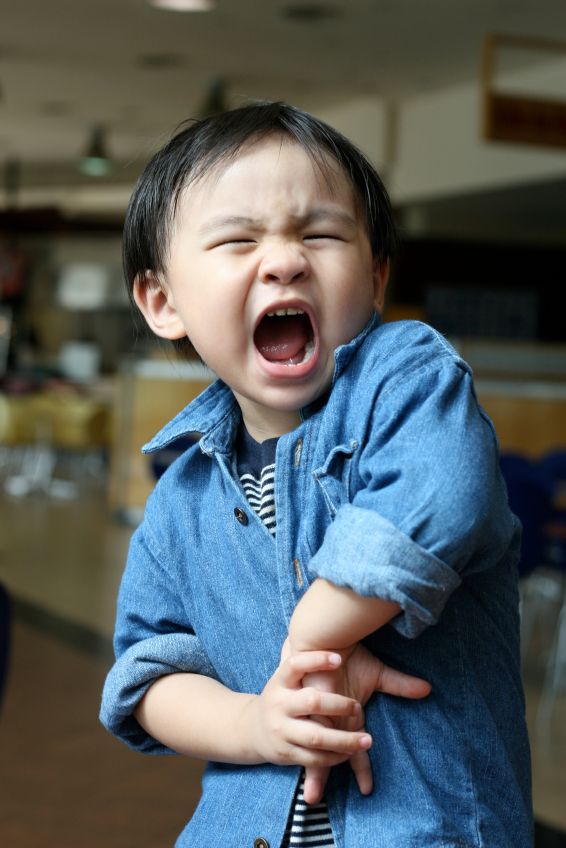 Try to take advantage of the positive capabilities of the computer - maybe the child will begin to master programming, web design (make websites on the Internet), take up computer graphics, animation - will make cartoons ...
Try to take advantage of the positive capabilities of the computer - maybe the child will begin to master programming, web design (make websites on the Internet), take up computer graphics, animation - will make cartoons ...
But for this, the help of an interested adult is desirable, not just criticizing and forbidding, but helping.
It often happens that a seeming computer addiction can hide completely different problems. This is the failure of the child in real life, the inability to communicate, the so-called social inadequacy. Such a child feels comfortable in virtual reality. And then, first of all, you need to pay attention to the psychological problems of the child.
If earlier the coveted monitor in the family was a luxury, now the only personal computer is a mockery. And it really is! Personal computers literally fill the entire space: at work, at school, at home. A dozen years ago, children spent most of their time on the street, while fully communicating. Now the leisure of a child, and of any age, comes down to playing on a computer.
Now the leisure of a child, and of any age, comes down to playing on a computer.
The Internet literally drags more and more new users into its "web". You can draw an analogy with drug addicts or alcoholics who become addicted to addiction. Internet addiction in children, despite its outward harmlessness, carries no less problems. Otherwise, it can be called a time bomb.
It's no secret that Internet addiction is gaining momentum, and the age is getting younger. Unfortunately, in modern times, parents in the pursuit of material wealth have no time to engage in the leisure of their own children, and therefore a careless attitude towards children's addiction subsequently costs quite a lot. Although the position of the parents in this regard is understandable - the child is not on the street in a dubious company, but sits and works on the computer.
Yes, of course there are advantages. You can get any information, applying it to improve your level of education. Only this direction is used to a minimum. The rest of the time children and teenagers spend playing games and in social networks. It is thanks to virtual communication that some children with complexes begin to feel more relaxed, which gives them confidence. However, this does not solve their problems when communicating in reality.
The rest of the time children and teenagers spend playing games and in social networks. It is thanks to virtual communication that some children with complexes begin to feel more relaxed, which gives them confidence. However, this does not solve their problems when communicating in reality.
What happens to children and what danger is fraught with a long pastime at the monitor screen?
Is internet addiction dangerous for children?
It's not for nothing that a computer is compared to a time machine - I sat in front of it for five minutes - two hours were gone. And indeed, the sense of real time disappears, fatigue is observed, subsequently there is a sleep disturbance, a decrease in physical activity, and a deterioration in academic performance.
Observing children and adolescents, special services made unequivocal conclusions that a child should not be allowed to use PC before the age of three. The duration of work for children 3-5 years old is no more than half an hour, and up to 10 years old - only an hour.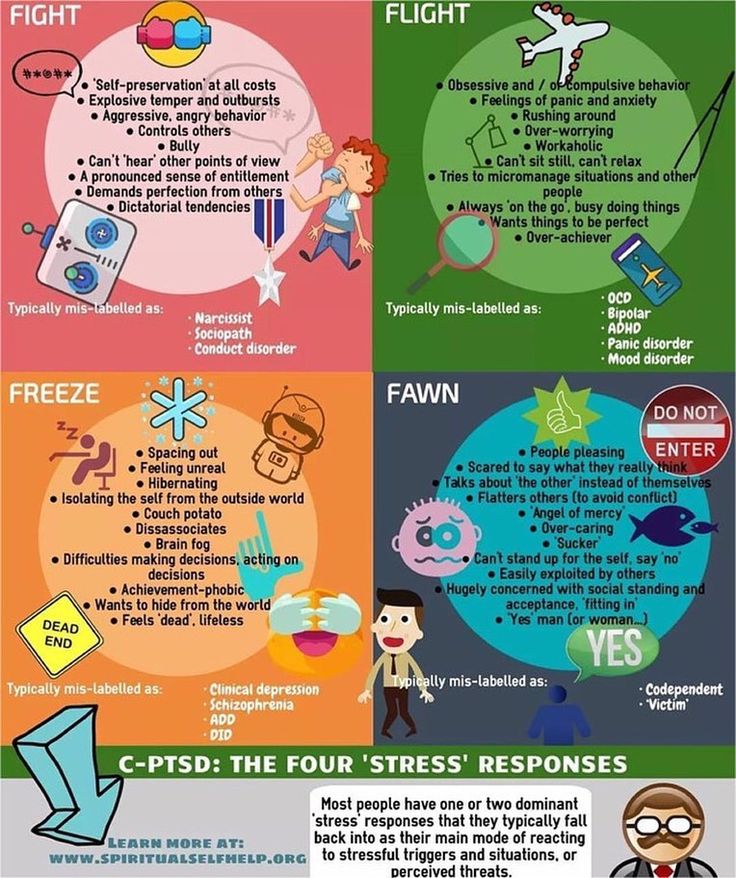 If a teenager spends more than 4 hours a day at the monitor screen, then this is a reason to sound the alarm. In this case, it is time for parents to think about their own family way of life and plan joint leisure in such a way that the child would have the desire to immerse himself in the virtual world as little as possible.
If a teenager spends more than 4 hours a day at the monitor screen, then this is a reason to sound the alarm. In this case, it is time for parents to think about their own family way of life and plan joint leisure in such a way that the child would have the desire to immerse himself in the virtual world as little as possible.
Unfortunately, parents often do not even have the slightest idea what games their child is playing. But the game is a game of strife. Modern computer entertainment fully reflects real life, in which there is already an overabundance of violence, cruelty and aggression. Why then be surprised that a teenager begins to behave somewhat inadequately. It is the unformed psyche of children and adolescents that is most susceptible to the influence of various factors, including the Internet.
Plunging more and more, as if into an abyss, on the Internet, the child becomes dependent on it. And this is easy to understand by some signs. If a teenager experiences anxiety without going online even for a short time, then it is already possible to state the fact of addiction.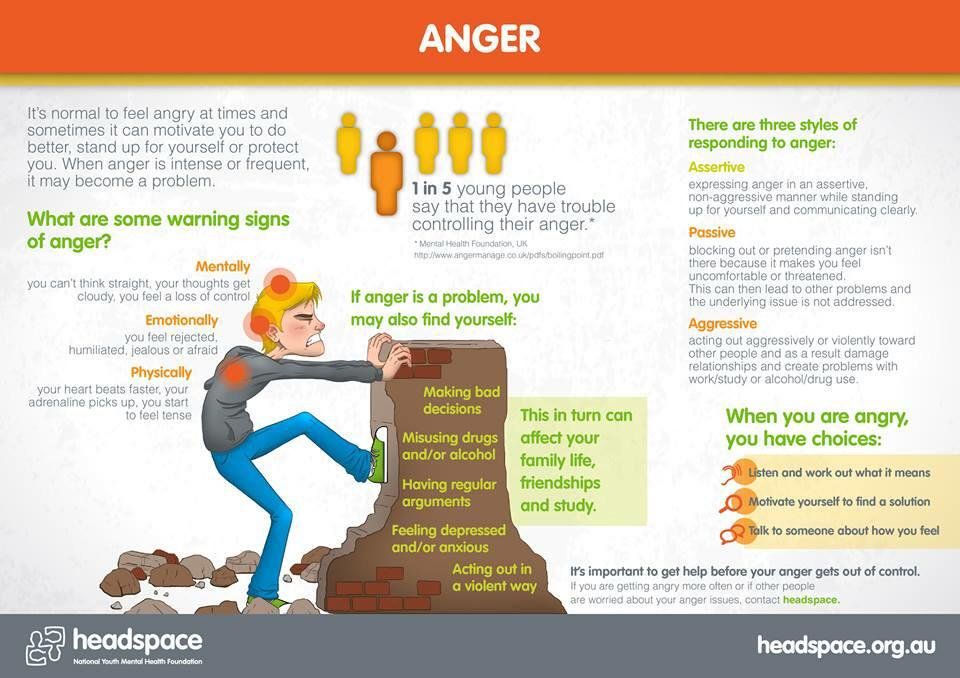
Dear parents! Lend a helping hand to your own children! Once immersed in the fascinating world of the Internet, your child may no longer appear on the surface of our reality.
The main 5 types of Internet addiction:
1.1. endless web surfing - constant "journey" on the Internet in order to search for information.
2.2. addiction to virtual communication and virtual acquaintances, characterized by large volumes of correspondence, constant participation in chats, forums, redundancy of acquaintances and friends from the Internet.
3.3.gaming addiction - an obsessive passion for online games.
4.4. obsessive financial need - online gambling, unnecessary purchases in online stores.
5.5.cybersex addiction - an obsessive attraction to visiting porn sites.
Advice to parents
A child sitting at the monitor all day has an illusion of full employment: everyone has to answer, go through a couple more levels in the game, read friends' blog posts, etc. It turns out that he is not messing around at all, he is doing business . Another thing is that the child ceases to understand that if he does not immediately respond to the messages of a friend from the social network, the world will not collapse.
It turns out that he is not messing around at all, he is doing business . Another thing is that the child ceases to understand that if he does not immediately respond to the messages of a friend from the social network, the world will not collapse.
In addition, children copy their parents, because they work at the computer all day long. Again, the child does not understand that this is just a tool for making money.
Here are some tips for preventing Internet addiction in children:
1. Limit the amount of time children can spend on the Internet. Make sure your child is using the Web during homework time for learning and not for fun. Together with your child, make a detailed plan indicating what time spent at the computer is spent on. This will help reduce the time for thoughtlessly updating the page of classmates in anticipation of a new message, reading news for the sake of the reading process itself, etc.
2. Do not put the computer in the child's room.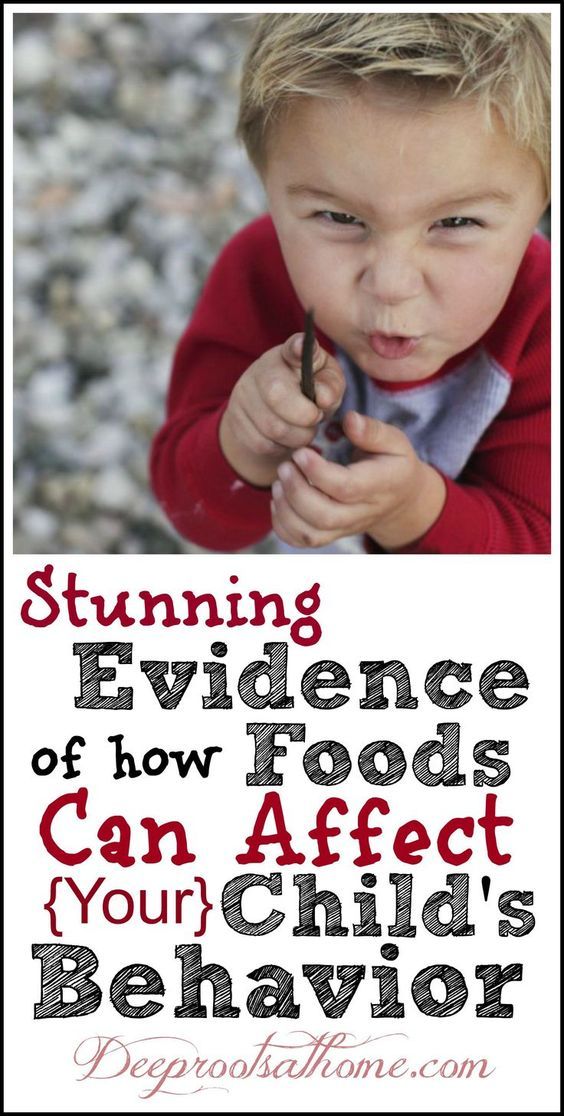 Set up a computer in the living room or in your room where you can easily control what your child is doing online. With the help of modern mobile phones, you can connect to the Web for communication, games and browsing sites. It does not matter which device the child will use to enter the virtual world. It is important to prevent virtual reality from becoming his home.
Set up a computer in the living room or in your room where you can easily control what your child is doing online. With the help of modern mobile phones, you can connect to the Web for communication, games and browsing sites. It does not matter which device the child will use to enter the virtual world. It is important to prevent virtual reality from becoming his home.
3. Find out what your child likes to do online. Some online games that take place in fantasy worlds with thousands of players around the world, such as World of Warcraft, are really exciting. There are cases when adults reached an extreme degree of exhaustion, unable to tear themselves away from their favorite game, not to mention such “little things” as divorces, job loss, etc. In addition, in many games, in order to be successful, you not only need to spend many hours a day in the game, you also need to invest real money in your character, exchanging it for in-game currency. Not having received money for the game from the parents, the child may cheat or steal.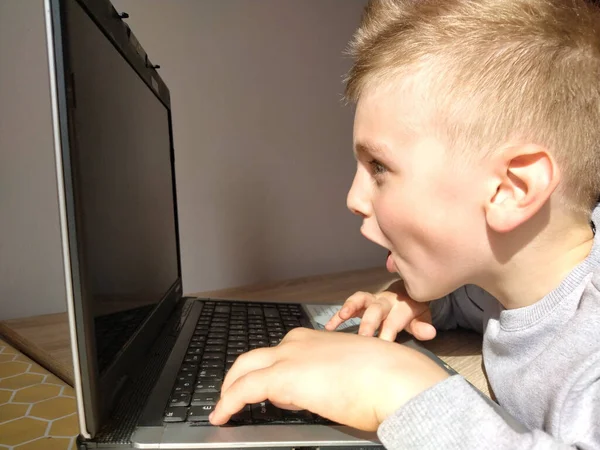
4. Some children are prone to Internet addiction, eg children with distracted attention, depression, anxiety, social isolation. Such children need even more attention and control.
5. Do not set a bad example for children. Do not spend too much time at the computer, do not take a laptop or tablet with you out of town. Active rest with the whole family will help the child switch to real life. Keep your child occupied with other things, board games or sports. Find something for him to enjoy. Then the Internet will become a help in learning, an auxiliary means of finding information and communication, and not a way to escape from reality and escape from problems.
Ways to distract the child:
Physical education. If it is not possible to get out of town, for a picnic or a ski trip (depending on the season), some computer games (yes, computer games!) Can distract the child from sitting at the monitor.
For a computer or any modern game console, you can purchase a special rug, stepping on certain parts of which, the player makes the virtual character perform dance movements.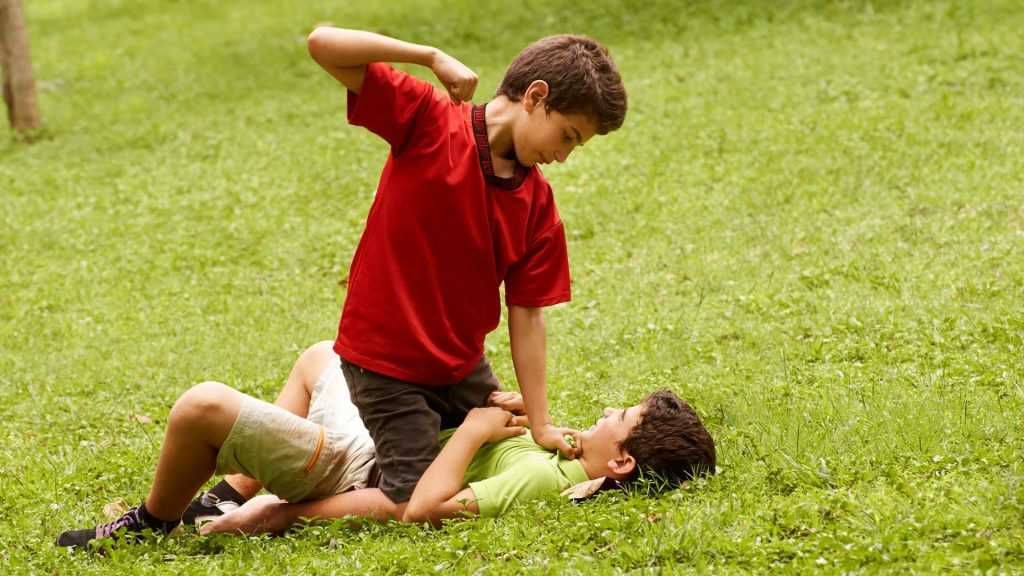 As you progress through the levels, the dances speed up, the sequence of movements becomes more complicated. A few minutes of such a game will not only stretch the muscles and improve blood circulation, but will also serve as a good training for the child's coordination of movements and attentiveness. In addition, several children can compete by playing in turns.
As you progress through the levels, the dances speed up, the sequence of movements becomes more complicated. A few minutes of such a game will not only stretch the muscles and improve blood circulation, but will also serve as a good training for the child's coordination of movements and attentiveness. In addition, several children can compete by playing in turns.
Blocking. All popular browsers have built-in protection for children from unwanted information. You may need to set a password to change these settings. Without hesitation, blacklist the sites most visited by your child if you think that your child spends too much time on them.
You can do it easier: disconnect the cable connecting the monitor and the system unit, or turn off the power to the computer by pulling the plug from the outlet. And hide the wires. Then the child will simply have no choice and will have to do something else, for example, go to play with peers. And the craving for visiting your favorite sites will pass with time.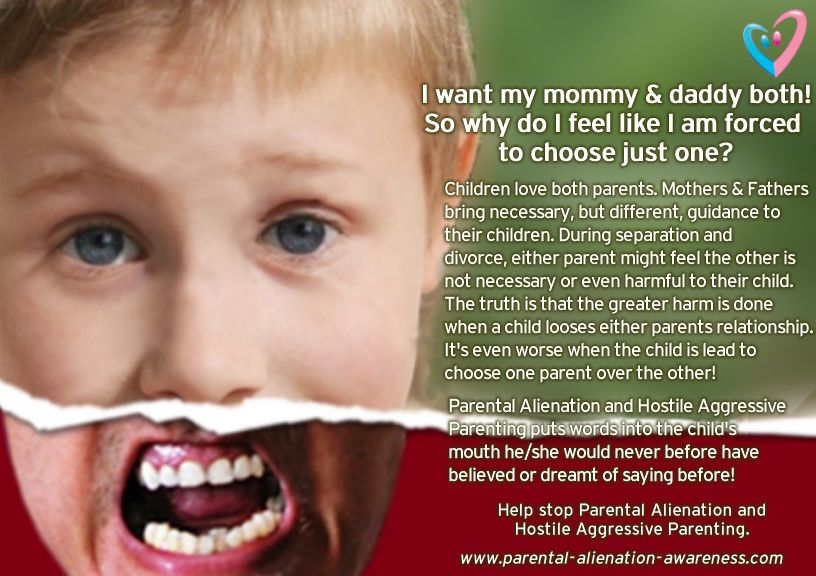
Professional help. If nothing helps, you should seek help from specialists. Various commercial centers have been operating in Russia for several years, specializing, among other things, in the problems of Internet addiction. In addition, professional psychological assistance can be obtained through ... the Internet. Many clinics have their own websites, in special sections, experts answer questions from visitors.
If your child can't get away from the computer, spends all his free time online or playing online toys, how can you tell if it's a pathological addiction?
Internet addiction can develop in a child for the following reasons:
• absence or lack of warm emotional relationships in the family;
• lack of friends, constant social circle;
• no other serious hobbies not related to the computer.
Internet addiction is expressed in an irresistible desire to return to the computer. This is the same addiction as alcohol, drugs or gambling, except that the consequences are not so severe.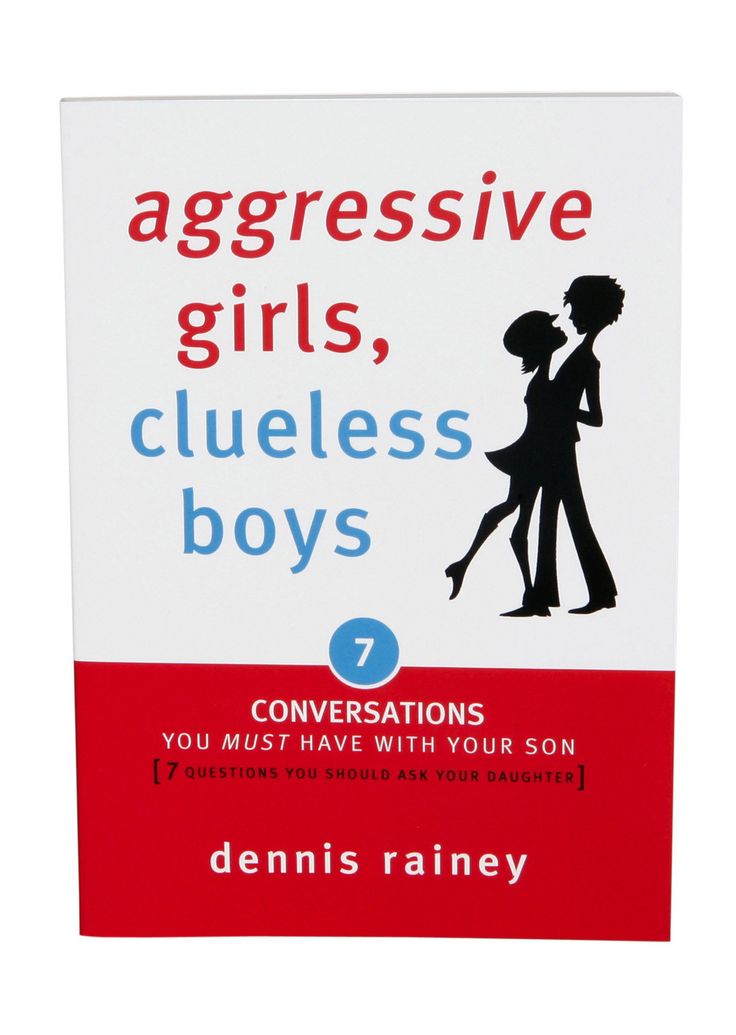 Adolescents completely lose the sense of real time, begin to decline in school performance and lose contact with friends. They are beginning to prefer online communication. When you try to ban, they react aggressively.
Adolescents completely lose the sense of real time, begin to decline in school performance and lose contact with friends. They are beginning to prefer online communication. When you try to ban, they react aggressively.
The main symptoms of Internet addiction are the occurrence of a bad mood, even depression, anxiety in the absence of the ability to connect to the virtual space.
But do not confuse with Internet addiction that a teenager uses the Internet as a means of finding information for study, a means of correspondence with real friends (ICQ) and an opportunity to relax (one or two hours of play).
If you understand that your child is addicted to the Internet, you do not need to restrict his access to the Internet with a scandal. Try to take your family somewhere in nature, to captivate him with some other activity, more or less similar to what he is fond of on the Internet. For example, if he spends hours pumping up a knight in one of the online games, talk to him about clubs involved in role-playing and historical activities.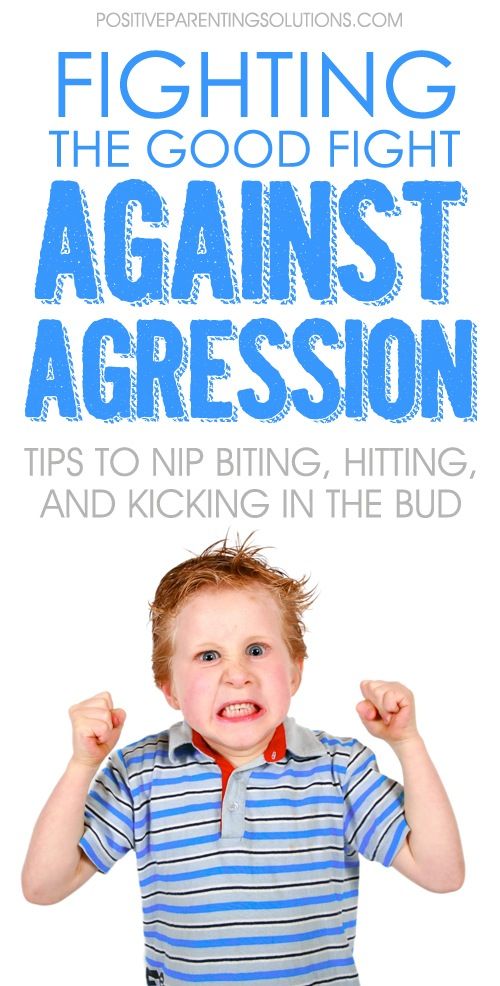 This is sports, and being outdoors, and finding friends.
This is sports, and being outdoors, and finding friends.
And when a teenager is busy and passionate about something else, he has much less time left for the Internet, and the Internet itself becomes not an end, but a means.
How is gambling addiction formed?
Unlike alcohol, nicotine and drug addictions, there is no active ingredient in Internet addiction. However, the mechanism of addiction formation is exactly the same.
"The same adrenaline, serotonin, dopamine receptors work in the pleasure centers," says Makushkin, "however, this is not a chemical, but a purely mental addiction."
Risk factors
Of course, not every teenager who goes online becomes addicted. There are several risk factors, each of which can trigger addiction. Basically, they are similar to the risk factors for a teenager's dependence on alcohol or drugs.
The main factors are a hereditary tendency to form addictions, an unfavorable situation in the family, when the child is given too little or, on the contrary, too much attention from parents and the negative influence of peers.
Signs of addiction
“If the child is doing well in school, he is in a good mood and there are no deviations in behavior, there is no reason to worry,” says the psychiatrist.
If some of the listed signs are observed, it is worth worrying:
- an increase in the time spent at the computer,
- a decrease in school performance,
- loss of interest in what is happening around,
- sleep disorders,
- frequent mood swings,
- inappropriate behavior in response to a proposal to turn off the computer - up to a scandal.
Prevention
You can protect children from Internet addiction if you follow a few simple conditions.
1. Take time to communicate with your child. It is important that there is a trusting atmosphere in the family. When parents put their child at the keyboard so that he does not interfere with their business, they themselves open the door to addiction.
2. Be your child's guide to the Internet, not the other way around. “Parents should be a little ahead of their own child in the field of Internet development,” says Makushkin. You need to show your child all the possibilities of the network - and not just games and social networks.
“Parents should be a little ahead of their own child in the field of Internet development,” says Makushkin. You need to show your child all the possibilities of the network - and not just games and social networks.
3. Know what your child is doing online. It is important not to spy on a teenager - he must have the right to the inviolability of personal correspondence. “We don’t have this, and, for example, in some US states, children can sue their parents for reading their mail,” the specialist notes. Add your child as a friend on social networks and keep in touch on the Internet. At the same time, you will be aware of who he communicates with.
4. Take care of your child's leisure time. If a teenager has many interests and hobbies: books, sports, music, collecting, he will not have much time to wander aimlessly on the Internet, and there will be much more motivation to use the Internet for useful purposes.
An important point: these conditions must be met even before the moment your child sits down at the computer for the first time, and not when he cannot be pulled out of the network by the ears.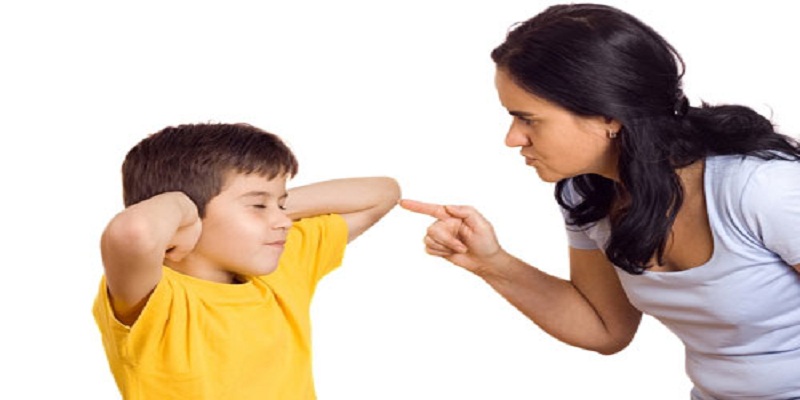
Most important
The Internet is an important tool for finding information, learning and communicating. In order for the child not to go headlong “into the net”, parents will have to find time to communicate with their son or daughter and make sure that their life and leisure are exciting and versatile.
Computer children.
Computer addiction is a painful condition that entails a violation of psychological and behavioral functions. It manifests itself in both children, adolescents and adults.
Dependence can be defined as follows: if the relationship to the game is controlled (the person came, played and left), then everything is in order; if instead of the scheduled hour - plays a few without a break, then this is a problem.
Deprivation of the opportunity to play leads to depression. Children abandon their studies, sports, live communication, and in the end they cease to belong to themselves.
How not to become a gamer?
- Do not allow the child to play one game;
- Control the time at the computer;
- Talk more with your child, be interested in his impressions, focus on impressions from real life events.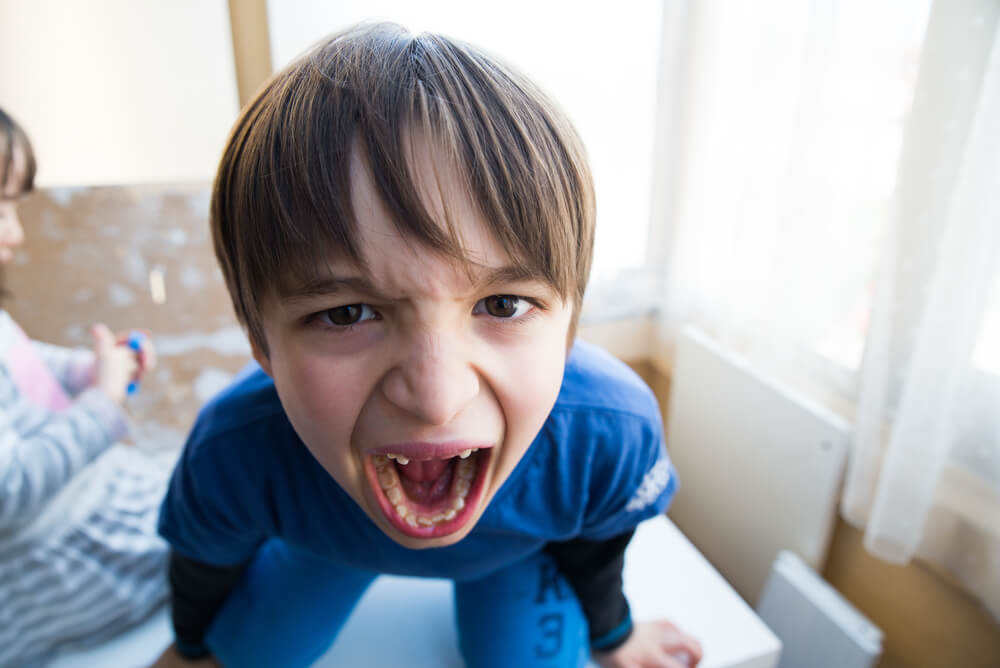 Then he himself will understand that life around him is more interesting than superficial impressions of the computer world.
Then he himself will understand that life around him is more interesting than superficial impressions of the computer world.
What should I do if my child becomes addicted?
- Swearing, moralizing, prohibitions will not help. The child will act out of spite.
- Pick up the computer - turn it against you.
- Talk about your feelings and concerns.
- Attending circles, sections, trainings, courses.
- Develop a variety of interests, take more care of the child.
How to protect your child?
- Install the computer not in the children's room, but in the common room so that you can keep track of what it is used for.
- Ask to explain, show how the Internet works.
- Communicate with him as discreetly as possible during your "network trip". This will help to find out what he is doing at the moment.
- Teach him to show you everything that causes him any inconvenience when communicating on the Internet, or causes doubt, fear.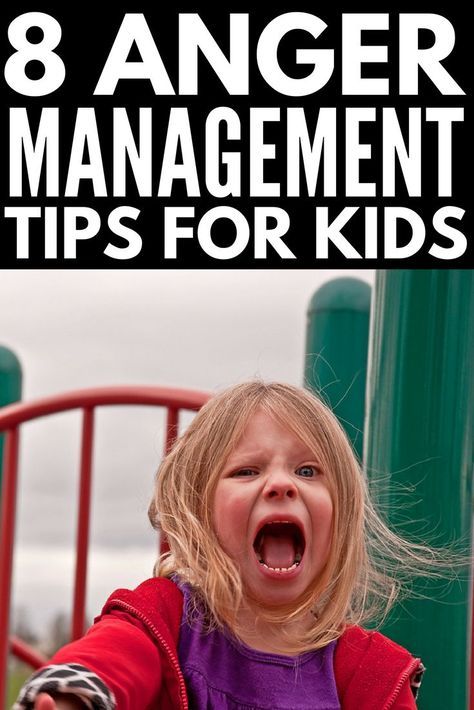 Explain that:
Explain that:
- Do not leave your home address, phone number, school number to people from the Internet.
- you can't meet new friends without informing adults.
- you need to leave the chat if the conversation becomes threatening.
Food for thought!
If a child sits at the monitor day and night, psychologists advise first to look for the roots of the problem in the family. Perhaps the parents are more busy with their own affairs, so the child seeks to get away from worrying about the inattention of adults to the virtual world.
Prevention and overcoming of violations in the behavior of the child.
Violations Manifestation Cause Educational methods and techniques
Disobedience - refusal to obey someone (father, mother, other family members) Non-fulfillment of the daily routine adopted in the family, refusal to perform work duties, assignments, lessons
• Giving a child impossible or mutually exclusive demands (orders).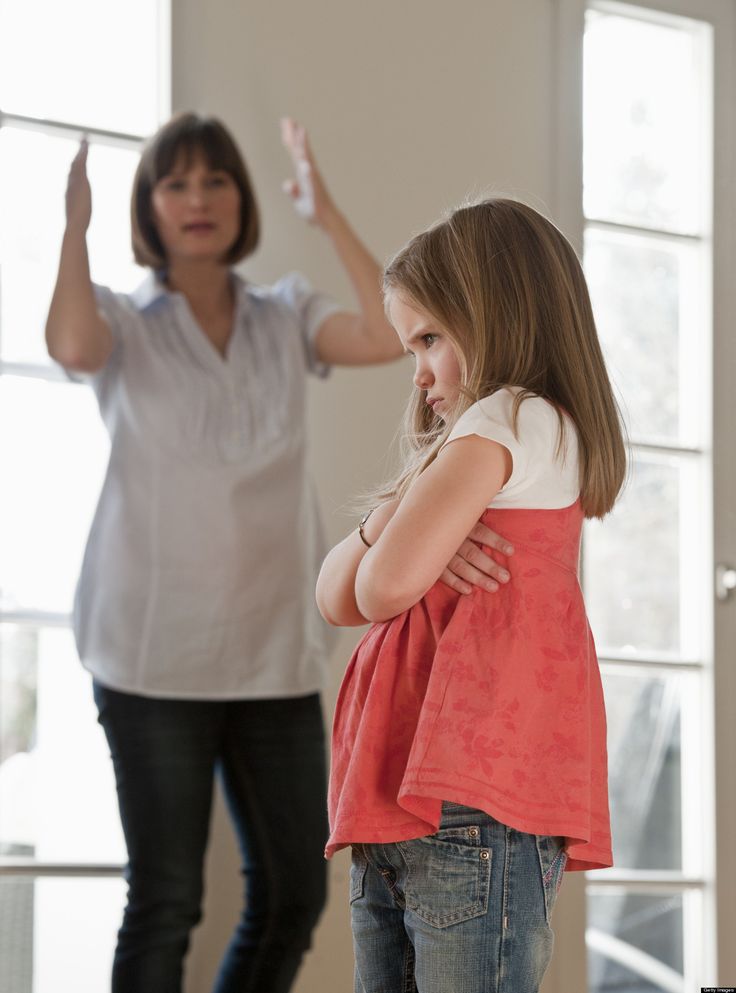
• Violation of the ethics of communication (carelessly spoken word) and norms of behavior.
Inconsistency in the requirements of parents and family members to the child.
• Non-pedagogical methods of education.
• Lack of parental attention.
• Lack of trust or affection between child and parents.
• Prevalence of punishments over rewards
• Don't scold, don't lecture often.
• Don't consider a child's disobedience out of the ordinary.
• Express disappointment about his deed, action, mistake.
• Speak kindly without reproaching or raising your voice.
• Show love and attention
Aggressiveness - actions aimed at causing moral, psychological, physical damage or harm to others anger, hatred, hostility, stubbornness. Crying, screaming, deliberate disobedience, scattering things and toys, attempts to hit parents, other family members • Authoritarian parenting style.
• Deformation of the value system of family members.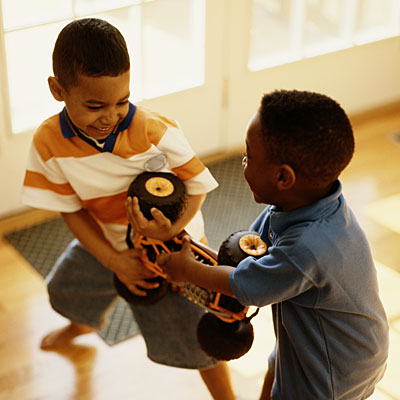
• Omissions in the moral education of children.
• Imitation of film and video characters.
• Feelings of hunger and fatigue.
• Too many restrictions on the child.
• Aspiration to assert oneself • To form emotional stability
and volitional regulation of actions and behaviour.
• Engage in interpersonal relationships.
• Learn to understand the experiences of others; identify yourself with the Other person, change your opinion and position, comparing them with the opinions and positions of other people in order to overcome selfishness.
• Create a calm, friendly atmosphere in the family.
• Make demands in a variety of ways that respect the child's personality.
• Reasonably apply the methods of encouragement and punishment, taking into account the psycho-physiological and gender and age characteristics of children.
• Restrain outbursts of anger and irritation when evaluating the child's actions and actions,
• Show love
Stubbornness - intransigence, the desire to achieve one's own contrary to common sense Angry, anger, resistance, insisting that only the child wants
• Violation of parent-child relationship.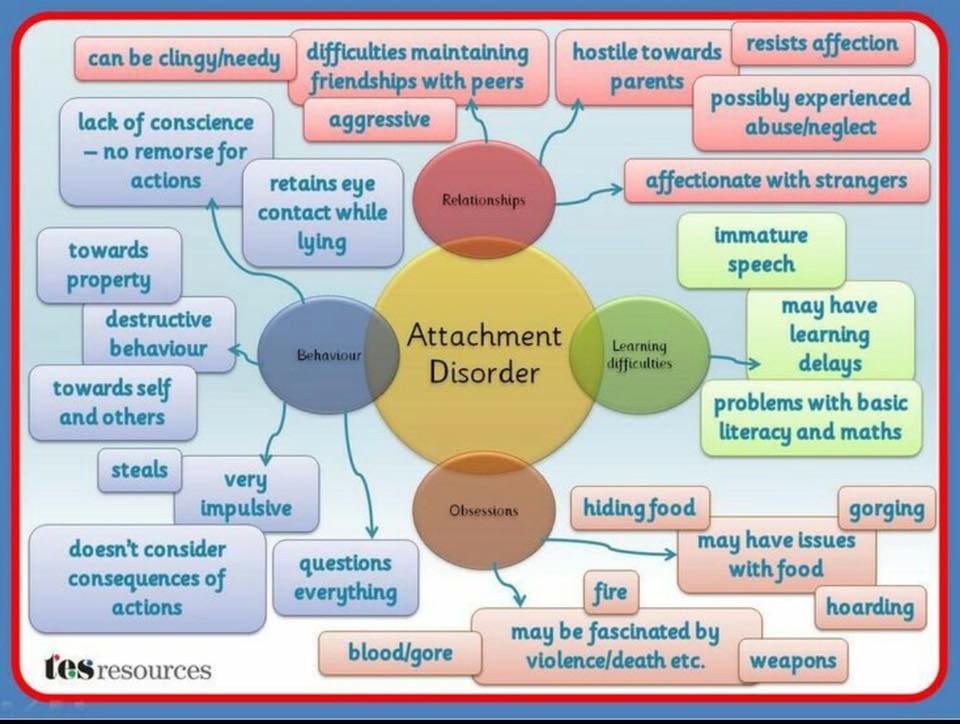
• Inability to support a child in a difficult situation.
• Ignoring the interests and needs of the child.
• Establishing parental authority by force • Be firm and persistent without getting angry or in a bad mood.
• Do not humiliate a child.
• Do not use coercion.
• Postponing the resolution of the controversial problem for some time,
• Involving the child's friends in the resolution of the controversial problem.
• Control oneself and one's actions
Caprice-whim, manifestation of an unusual state deviation from usual normal behavior Violent manifestation of anger, crying, screaming, stamping feet, rolling on the floor, attempts to bite, scratch, kick, spit, throwing things and objects , slamming the door • Carelessly spoken words of family members,
• Lack of demands from adults.
• Negative reaction of parents to whims.
• painful condition.
• Excessive parental love.
• Unquestioning fulfillment by parents of all the wishes and whims of the child.
• Manifestation of protest in a situation of unreasonable suppression by adults of independence and initiative of the child.
• Overexcitation of the child's nervous system • It is reasonable to organize the child's daily routine.
• Create a healthy moral and psychological atmosphere in the family.
• Be moderately demanding.
• To develop in the child the habit of considering the opinions and interests of other people.
• Maintain sleep, diet, etc.
Eliminate the source of impressions.
• Distract the child from what caused the whim (hug, pat on the head, kiss, show kindness).
• Show calmness and indifference at the moment of whim.
• Avoid threats, reproaches, violence, physical punishment.
• Talk calmly and kindly to the child after he calms down and comes to his senses.
• Show love
Hyperactivity - (Greek: hyper - from above - involuntary movements in violation of the nervous system Excessive mobility; inability to concentrate for a long time (reaction to movement, sounds, light) • Use of alcohol and drugs by mothers during pregnancy.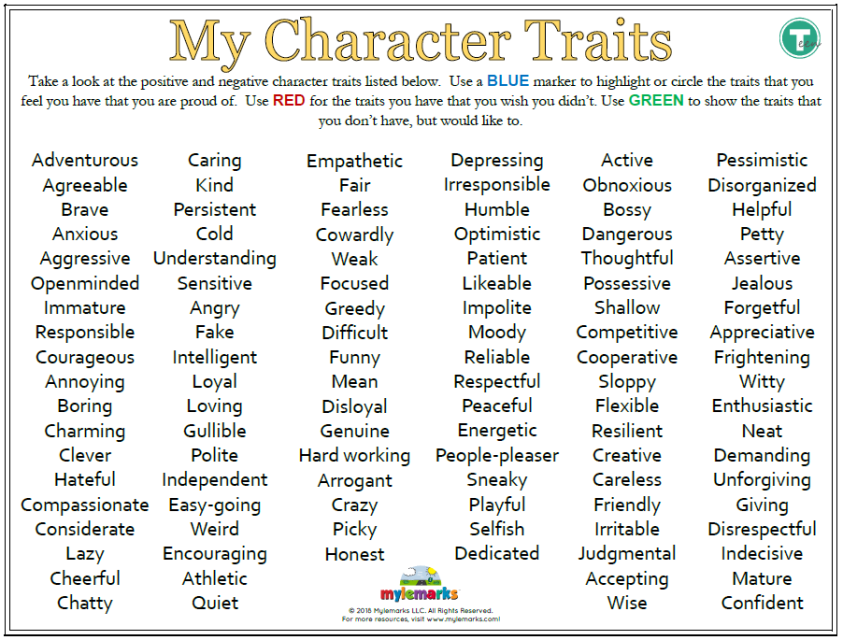
• Complications of pregnancy and childbirth,
• Somatic diseases in early childhood
• Physical and mental injuries
• Disorders of the central nervous system
• Stress and overwork of the mother • Reasonably organize the daily routine.
• Set aside a separate room or corner for the child.
• Create a calm environment for your child's homework.
• Anticipate conflict situations.
• Choose games that promote concentration, endurance, coordination of movements.
• to maintain the slightest manifestations of positive behavior.
• avoid frequent punishment
Reclusion - secrecy, remoteness, aloofness, aloofness uncommunicative Taciturnity, reticence, secrecy and isolation • Authoritarian style of family upbringing.
• Individual psychological and gender and age characteristics.
• Lack of education in institutions (children's sleep, boarding school).
• How to protect yourself from adult overprotection • Be patient and tactful in playing and interacting with children.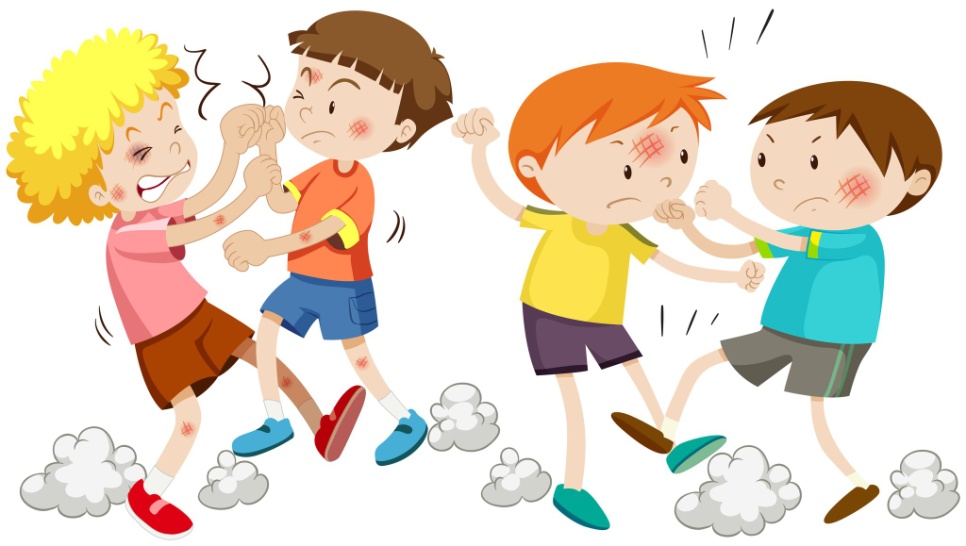
• Establish friendships through play, work and leisure activities.
• Include the child in various collective activities (games, competitions, contests, performances).
• Show affection and love
Violations Manifestation Cause Educational methods and techniques Anger - a feeling of strong indignation, indignation
Manifestation of aggressiveness, crying, screaming, beating dishes, throwing books, toys, animal, younger brother or sister, use of offensive words and expressions
• Failure to meet the needs of the child.
• Insult.
• Use of coercion and punishment.
• Violation of the ethics of relationships and communication.
• Unfair treatment of a child.
• State of illness
• Be calm when the child is angry.
• Do not punish.
• Leave alone for a while.
• Distract the child from what causes anger
Pugnacity - the child's tendency to physical clashes, fights
Violent actions against younger brothers, sisters, animals, fights with children on the street and at school
• Desire to attract the attention of father, mother, other family members.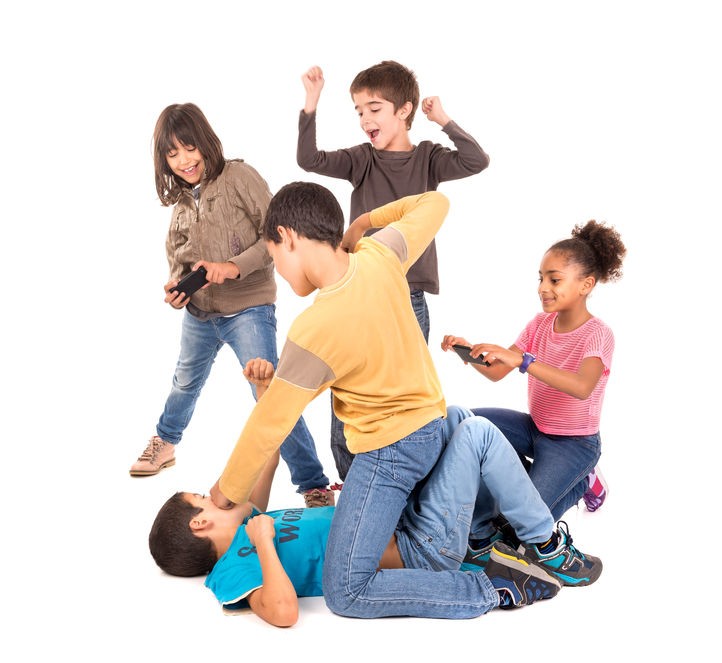
•Rivalry between children.
• Harassment of younger siblings by a stronger older child.
• Lack of justice in the family towards children.
•Lack of control over the observance of discipline and order in the family
• Find out the cause of the fight.
• Move the children to their rooms, allowing them to calm down.
•Deprive TV, computer for a while.
• Give errands around the house.
• Establish requirements to protect the rights of each child.
• Establish a rule so that the family does not make fun of others in an evil and hurtful way.
• Do not allow an older child to tease a younger one.
• To be fair and impartial mediators in children's quarrels
Theft - a tendency to steal other people's things and money
Depending on age, it can manifest itself as theft of toys, things, money, food, sporting goods, mobile phones, bicycles • A child's dream to have a cherished thing.
• Desire to give gifts to friends.
•Desire to strengthen one's position (old
tus) in a group of peers.
• Revenge on parents for neglect, lack of love for him
.
• A way to compensate for my bleak
life in a children's institution.
• A way of self-assertion in life.
• Compliance with adult requirements
• Explain how to behave in relation to other people's things.
• Do not hold a public judgment on a preschool child when returning a toy or thing taken from another.
• Do not label your child as a thief, thereby humiliating his dignity.
• Do not think about stealing if it causes anger.
• Do not predict the future.
• Do not use physical punishment
Lie (deceit) - deliberate distortion of truth, facts and phenomena of reality
Depending on age, it can manifest itself as an imaginary and real lie for various reasons
• A dream to achieve recognition, praise of one's merits.
• The desire to win the love of parents, relatives, adults.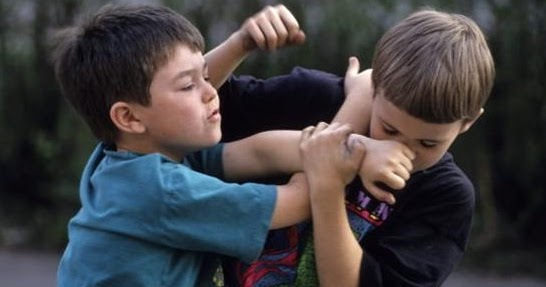
• Desire to prove one's superiority over someone.
• A way to get something that you can't get otherwise.
• A way to protect yourself from trouble from friends.
•The desire to avoid punishment of parents, teachers, caregivers, friends.
• Excessive discipline in the family based on fear.
• Attachment.
• Simulation of illness
• Avoid prohibitions and punishments.
• Timely notice attempts to lie and prevent the use of its results.
• Eliminate intimidation from family education methods.
• Show attention, kindness, affection, participation, support.
• Do not lie
Grief, deep sadness, suffering as a result of separation, loss
Shock, despair, anger, anxiety, fear, guilt things, animal.
• Separation from mother, father, brother, sister, other family members.
• Death of parent(s), other family members
• Avoid long periods of separation from preschool and primary school children.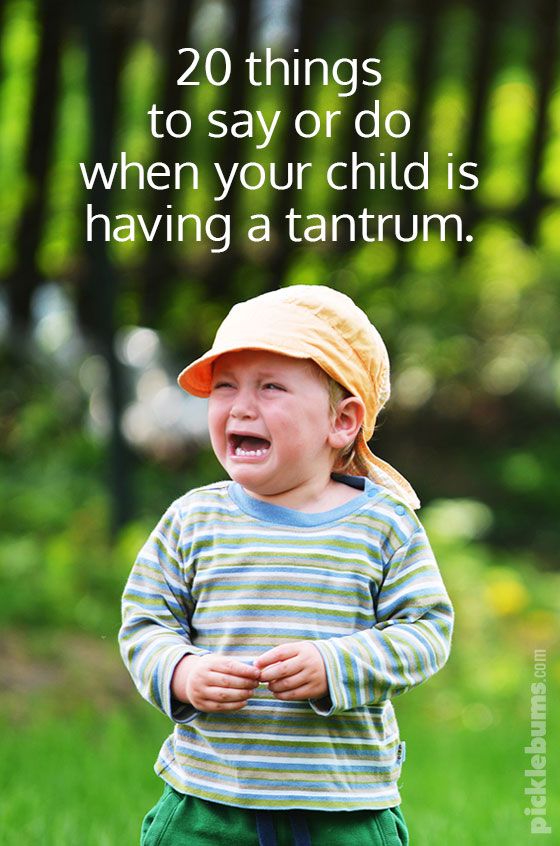
• Do not lie to children, give accurate and specific information about what happened, taking into account their age.
• In the event of the death of a parent or loved one, allow children to attend the funeral.
• Calm down the child, muffle his feelings of guilt
Corrective work with aggressive children
Marina Chibisova, PhD in Psychology, Associate Professor at Moscow State Pedagogical University, talks about some of the key principles that guide her in working with aggressive children and in counseling them parents. The article will focus on preschoolers and younger students, however, they are also important in working with adolescents.
Socialization of aggression
The first principle of for me is the need to consider aggression in the overall context of the child's development. The formation of aggressive behavior is associated with the development of other mental functions. Firstly, it is the ability to control one's behavior, that is, arbitrariness.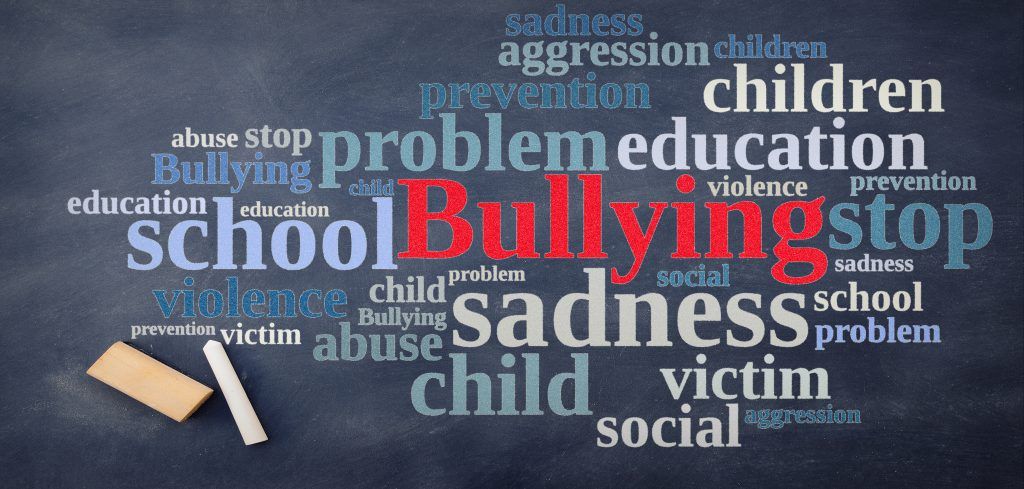 A large number of studies have shown that children with lower levels of self-control than their peers show more hostile reactions in social interactions. Children with reduced self-control are less able to deal with their anger.
A large number of studies have shown that children with lower levels of self-control than their peers show more hostile reactions in social interactions. Children with reduced self-control are less able to deal with their anger.
An important developmental task for a child is the socialization of aggression, that is, the development of socially acceptable ways of expressing it. When a child generally has difficulty controlling his behavior, he is more likely to be unable to control aggression.
One often hears the opinion that hyperactive children are aggressive. Aggression is not a characteristic feature of attention deficit hyperactivity disorder, however, these children may exhibit aggressive behavior against the background of poor self-control and pronounced impulsivity. An aggressive child has a low arbitrariness, the primary task of corrective work should be precisely the formation of arbitrariness. The main tool for this is games with rules in any format: board, mobile, role-playing, etc.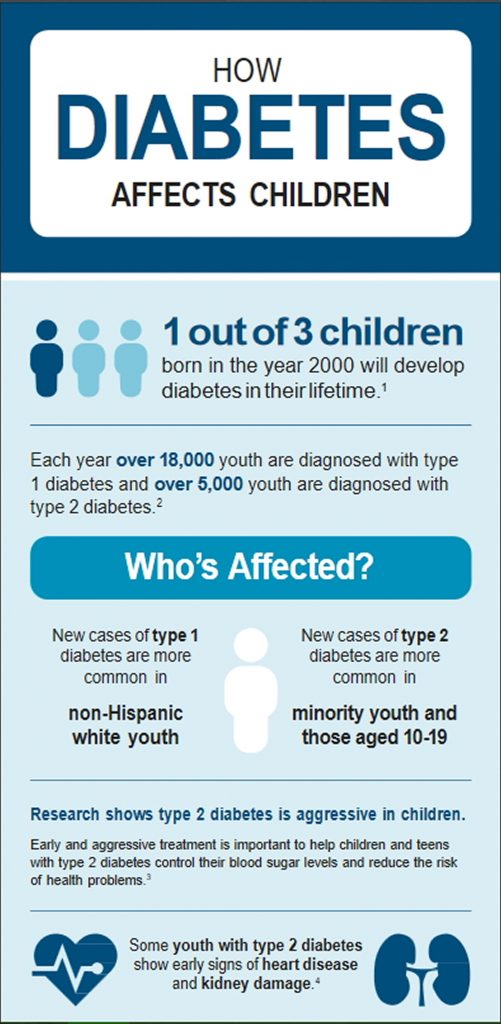
Let me give you an example. The father of four-year-old Polina received a contract to work abroad. Parents moved to a new country and sent Polina to a kindergarten, where expat children went. Polina spoke her native language very late, and she mastered English with great difficulty. She really wanted to play with other children, but it was impossible to make contact with them. As a result, after a few weeks, Polina began to bite: she could not think of another way to initiate communication.
Of course, Polina's story is very atypical: usually three-year-olds and younger children use biting as a way of making contact, and the situation is unusual, but the manifestation of aggression against the background of an insufficient level of development of communication skills is common.
Here is another similar example. The parents of eight-year-old Slava were called to school because their son poured hot water over his classmate from a cooler standing in the classroom. Slava did not go to kindergarten, his grandmother sat with him. Although the boy attended school preparation classes, he had practically no experience of communicating with children. In the classroom, there was always a teacher nearby, and during a walk, my grandmother immediately intervened if some kind of conflict was brewing. As a result, when Slava went to school, for the first time in his life he was faced with the need to independently build relationships with peers. It turned out that it is not so simple. As a result, when a classmate began to tease Slava, he was very outraged. And he did not find anything better than just pouring a glass of hot water on her.
Slava did not go to kindergarten, his grandmother sat with him. Although the boy attended school preparation classes, he had practically no experience of communicating with children. In the classroom, there was always a teacher nearby, and during a walk, my grandmother immediately intervened if some kind of conflict was brewing. As a result, when Slava went to school, for the first time in his life he was faced with the need to independently build relationships with peers. It turned out that it is not so simple. As a result, when a classmate began to tease Slava, he was very outraged. And he did not find anything better than just pouring a glass of hot water on her.
If aggression manifests itself as a way of initiating contact or occurs in communicative situations (for example, a child approaches playing children and, instead of asking permission to join the game, pushes one of the players), it is necessary to set the task of forming communicative skills. It would be ideal to include such a child in the group.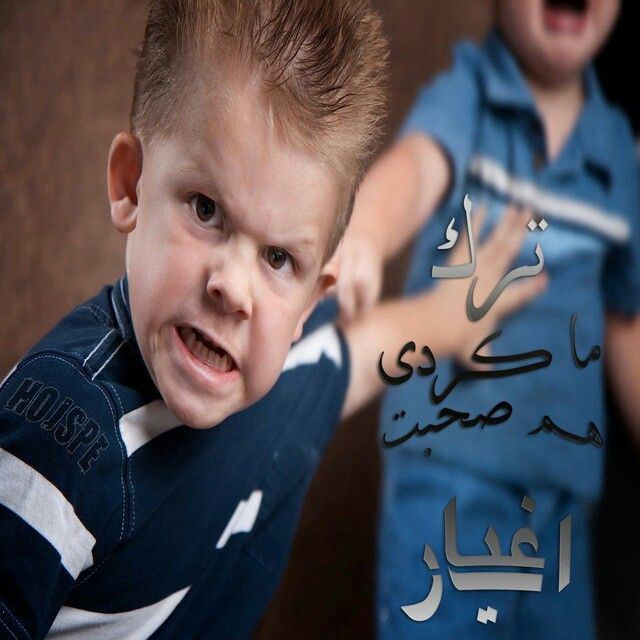 If there is no such possibility or the level of his aggressiveness still prevents group work, this problem can be solved in individual correction. It is important to find a realistic way to deal with a difficult situation. For example, with Polina, who does not speak English, one could learn two or three greeting words.
If there is no such possibility or the level of his aggressiveness still prevents group work, this problem can be solved in individual correction. It is important to find a realistic way to deal with a difficult situation. For example, with Polina, who does not speak English, one could learn two or three greeting words.
The method must be such that the child can use it. For example, Slava's dad invited him to hug an offending girl. But even Slava, with his little experience of communication, understood that hugs were inappropriate here. This method is unsuccessful, it is necessary to look for another.
You need to practice this method through a role-playing game: "Let's play, as if I are stacking blocks, and you want to stack them with me." Such games can be played, as one of my young clients used to say, “on your own,” or you can act out these stories with the help of toys. In addition, emotional intelligence is important as the ability to recognize emotions (of other people and your own), as well as to manage your own emotions and the emotions of other people in order to solve practical problems.
A review of studies on the relationship between aggressiveness and emotional intelligence (García-Sancho, José, Fernández-Berrocal) shows that there is a strong relationship between them: higher emotional intelligence correlates with lower levels of aggressiveness, and this relationship is manifested in various stages of development. A practical conclusion follows from this: in work with an aggressive child, it is necessary to include exercises and games aimed at developing the ability to recognize one's experiences and express them in a constructive way. And this logically brings us to the second principle.
Legalization of anger
The second principle of corrective work on the problem of aggression is the legalization of anger. It is necessary to help the child understand that it is normal to be angry, any restrictions can only be imposed on the way of expressing anger: “You can be angry, you can’t fight.” In the process of work, it is necessary to help the child find constructive ways to express anger: what can be done instead of fighting.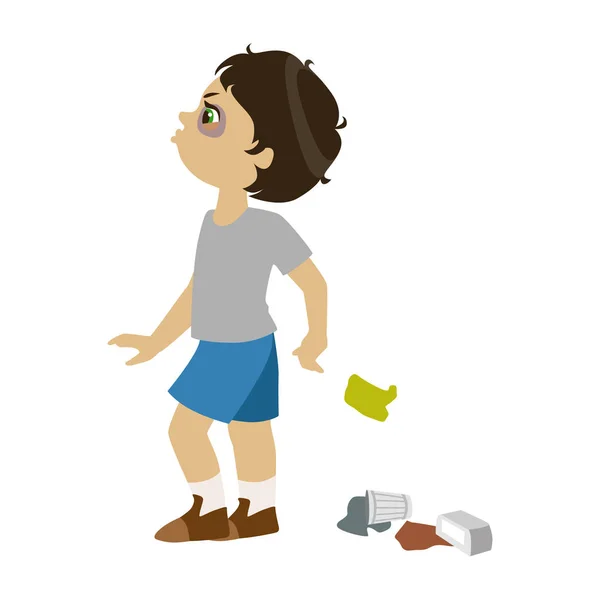 In no case should you condemn the child for being angry, devaluate anger with comments like: "There is nothing to be angry about here." If he is angry, he is entitled to that feeling. But it should be expressed in acceptable ways.
In no case should you condemn the child for being angry, devaluate anger with comments like: "There is nothing to be angry about here." If he is angry, he is entitled to that feeling. But it should be expressed in acceptable ways.
In Russian, two adjectives can be used to denote feelings of anger — “angry” and “angry”. At the same time, the word "evil" has the same root as the word "evil". According to Ozhegov's Explanatory Dictionary, evil is interpreted as “something bad, harmful, opposite to good; evil deed", as well as "trouble, misfortune, trouble". Evil, respectively, "embracing evil", the antonym of the word "good." The word "evil" and cognate words in Russian have an unambiguously negative connotation.
Let me emphasize that this is a specific difficulty associated specifically with the Russian language. For example, in English such confusion does not occur: there angry - angry and evil - evil - words that are completely different in meaning.
What happens if we use the word "angry" to denote anger, call anger "anger"? From my point of view, we thereby implicitly show that anger is an undesirable, negative feeling. As a result, conversations about anger often end up talking about kindness. But an angry person is not necessarily unkind! Angry is a character trait, and angry is a transient emotional state, and quite normal, like any other emotional state. It is very important to help an aggressive child, and at the same time his parents and teachers to see that he is not angry - he is angry. It is quite possible to be kind and angry.
As a result, conversations about anger often end up talking about kindness. But an angry person is not necessarily unkind! Angry is a character trait, and angry is a transient emotional state, and quite normal, like any other emotional state. It is very important to help an aggressive child, and at the same time his parents and teachers to see that he is not angry - he is angry. It is quite possible to be kind and angry.
What conclusion follows from all this? From my point of view, to legalize anger, it is better to avoid the words “angry”, “angry” and use the words “anger”, “angry”, “angry” instead. Also, in no case should you oppose anger and kindness. It is better to compare anger with other emotions: joy, sadness, surprise, etc. Suffice it to recall the very successful cartoon "Inside Out", where anger acts as a parallel with other feelings.
And who is the boss?
The third principle of corrective work with aggressive children is to emphasize that the “owner” of the feeling of anger is the child himself. That is, instead of “Vasya made you angry,” you need to say: “You were angry with Vasya.” In this way, we help the child understand that he can cope with the expression of feelings of anger. If Vasya angered me, it is stronger than me, I can’t do anything about it. If I am angry with Vasya, I myself am looking for a way to express my feelings. I will give examples of exercises built using these principles.
That is, instead of “Vasya made you angry,” you need to say: “You were angry with Vasya.” In this way, we help the child understand that he can cope with the expression of feelings of anger. If Vasya angered me, it is stronger than me, I can’t do anything about it. If I am angry with Vasya, I myself am looking for a way to express my feelings. I will give examples of exercises built using these principles.
Art therapy exercise "Volcano"
Purpose: formation of constructive ways of expressing anger.
Materials: white cardboard or A4 or A3 heavy paper, a set of colored paper and glue or soft plasticine, paper or masking tape, plastic cup (depending on the option chosen).
Target audience: children of primary school and early adolescence.
First you need to ask the child if he knows what a volcano is. If he knows, ask him to explain what it is. If he does not know, explain that this is a mountain that from time to time throws out lava and red-hot stones.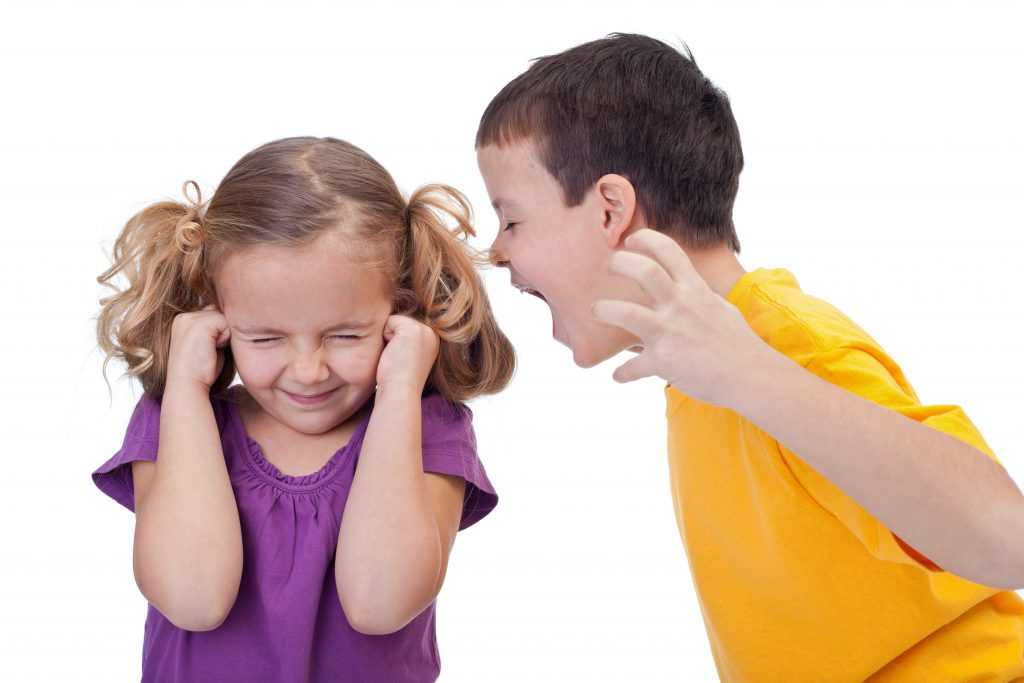 Then it is important to turn the conversation towards anger. You can ask what kind of feeling a volcano is like, or you can immediately expand this metaphor and compare violent anger with a volcanic eruption. Now you need to invite the child to make an angry volcano. This can be done in three ways:
Then it is important to turn the conversation towards anger. You can ask what kind of feeling a volcano is like, or you can immediately expand this metaphor and compare violent anger with a volcanic eruption. Now you need to invite the child to make an angry volcano. This can be done in three ways:
1. Break appliqué. In this case, the child draws the outline of a volcano on a white sheet, and then tears off pieces of colored paper and sticks them on the outline of the volcano, filling it in and depicting lava. It is better to perform this exercise without using scissors. There is no need to strive for accuracy, the volcano suggests spontaneity.
2. Drawing with plasticine. Here, too, the child first draws the contour of the volcano, and then selects plasticine of a suitable color and smears it with his fingers on paper. If the plasticine is hard, it must first be warmed up in your hands. But I specifically buy soft plasticine for such exercises.
3.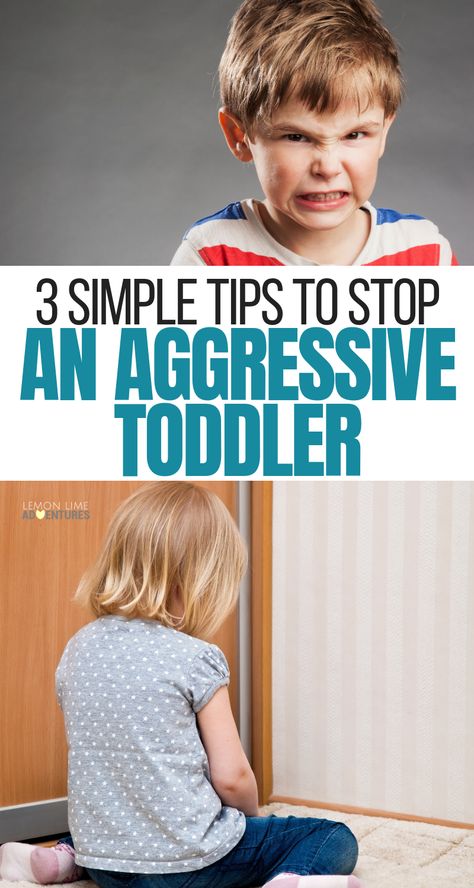 Volume composition. This option requires a plastic cup (clear or white available), a sheet of cardboard, thin colored paper, and plasticine. You can also use masking tape or paper tape. The glass must be turned upside down and attached to a sheet of cardboard (plasticine or tape). Then lava is made from colored paper: for this, strips are simply torn off from a sheet of paper. Usually children choose red, orange or yellow. These strips must be attached from above to the bottom of the glass, again using plasticine or adhesive tape.
Volume composition. This option requires a plastic cup (clear or white available), a sheet of cardboard, thin colored paper, and plasticine. You can also use masking tape or paper tape. The glass must be turned upside down and attached to a sheet of cardboard (plasticine or tape). Then lava is made from colored paper: for this, strips are simply torn off from a sheet of paper. Usually children choose red, orange or yellow. These strips must be attached from above to the bottom of the glass, again using plasticine or adhesive tape.
It is important to support the child's initiative in completing the task: he can offer his own options. For example, Slava, mentioned above, cut out the bottom of a glass and glued lava strips on the inside. As a result, he got a real mouth of a volcano. When the volcano is ready, you need to talk with the child about his anger: when he is as angry as this volcano, what he wants to do, etc.
Then the psychologist says: "When hot lava rises inside a volcano, it cannot contain it, it will have to start an eruption.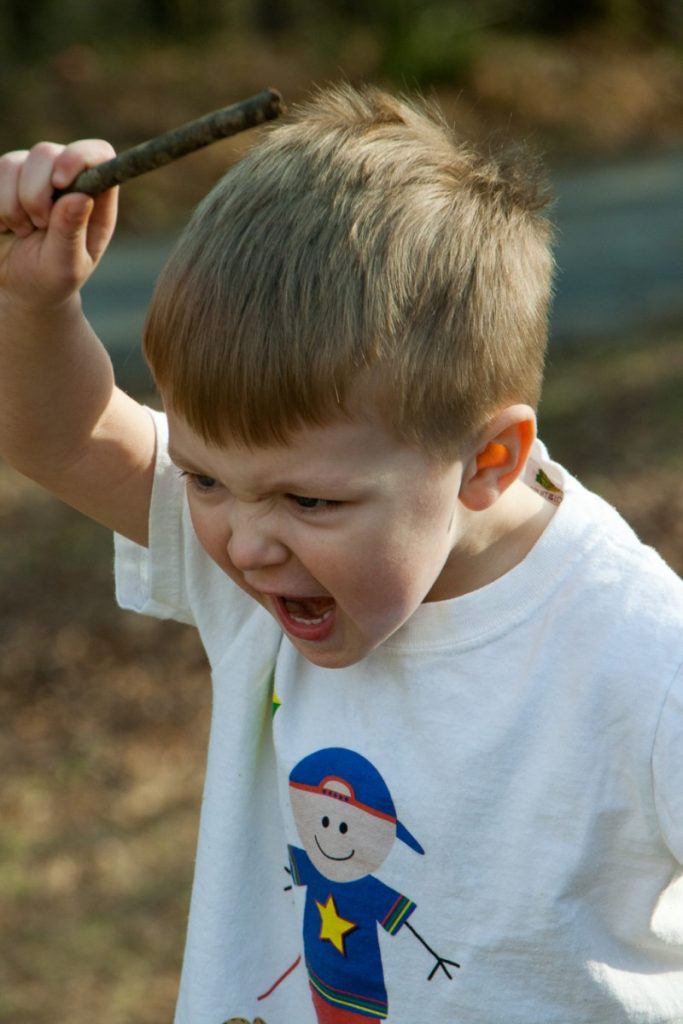 But a volcano erupts in different ways. An eruption can demolish everything around, or it can go almost unnoticed by the people who live around it. What do you think can be done so that the volcanic eruption does not bring any harm to people?
But a volcano erupts in different ways. An eruption can demolish everything around, or it can go almost unnoticed by the people who live around it. What do you think can be done so that the volcanic eruption does not bring any harm to people?
Children have different ideas: someone suggests putting up a fence, someone suggests making a drain pipe, and so on. When the child has expressed his ideas, the psychologist invites him to draw it. Both applique and plasticine drawing allow you to make adjustments right on top of the finished composition. When the drawing is ready, the psychologist says: “Now the volcano can safely erupt if it is angry. He found his way to be angry. How can you be angry?"
It is important to support the child's initiative in completing the task: he can offer his own options. For example, Slava, mentioned above, cut out the bottom of a glass and glued lava strips on the inside. As a result, he got a real mouth of a volcano. When the volcano is ready, you need to talk with the child about his anger: when he is as angry as this volcano, what he wants to do, etc.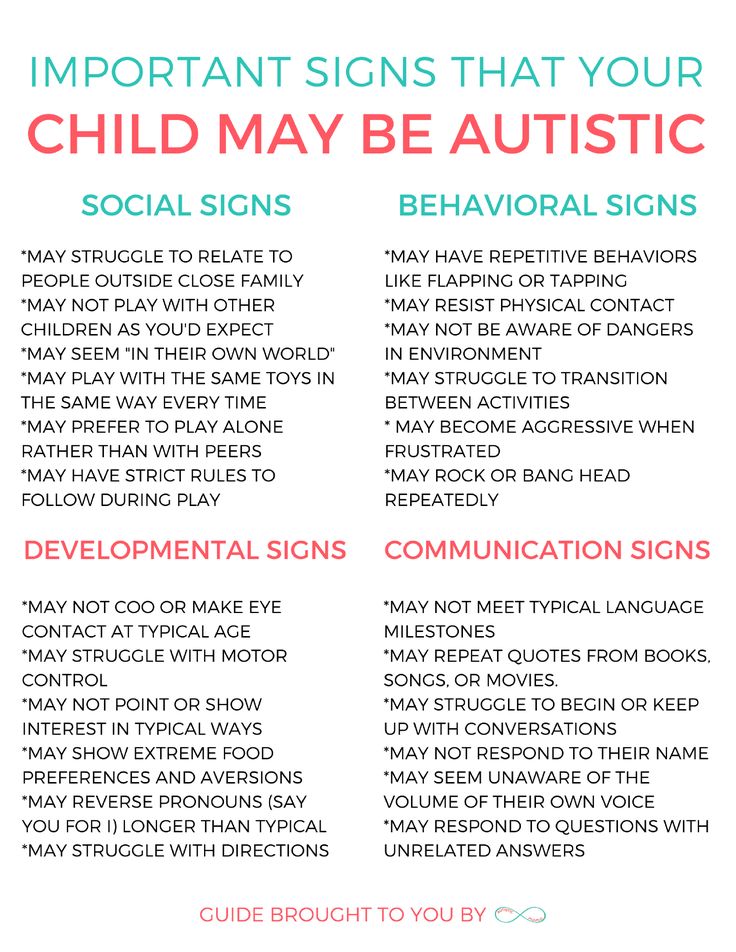
Art therapy exercise "Angry hand"
When creating this exercise, I was inspired by O. V. Khukhlaeva's exercise “The Terrible Hand”.
Purpose: formation of constructive ways of expressing anger.
Materials: white cardboard or A4 or A3 heavy paper, a set of colored papers and glue or soft plasticine (depending on the option chosen).
Target audience: children of senior preschool and primary school age.
The psychologist asks the child to put his hand on a sheet of paper or cardboard and circle it with a pencil. If a child cannot cope due to age, an adult can circle his hand. The psychologist then says, “Imagine this hand is very angry. She needs to be painted so that it is immediately clear what feeling she is experiencing. For coloring, it is better to use not pencils or felt-tip pens, but plasticine or a broken application. These techniques give more expression to the expression of anger.
When the hand is ready, you can talk to the child about why the hand may be so angry (I remind you that the question “What made her angry?” is unsuccessful, it is better to ask: “Who or what was she angry with?”).